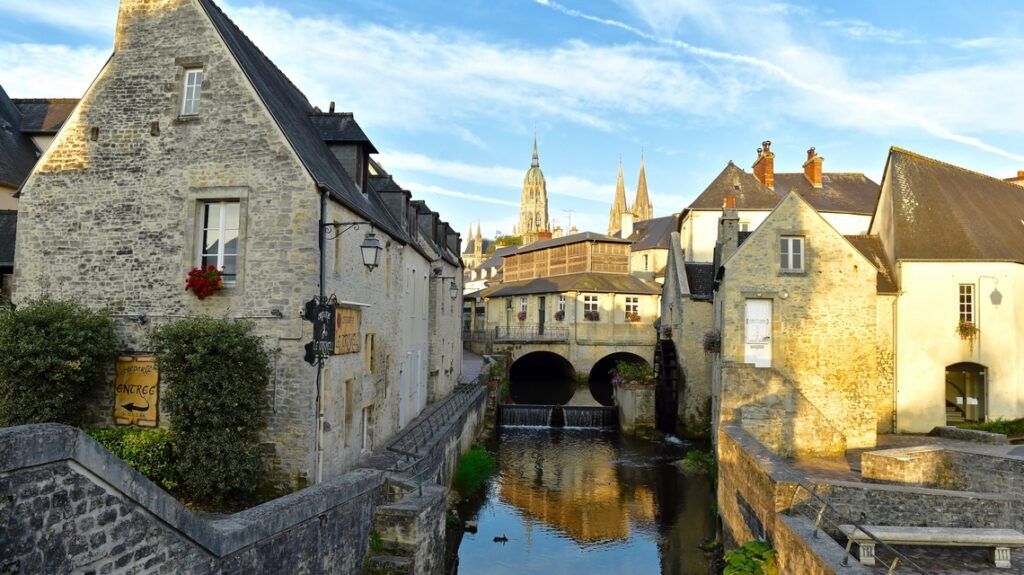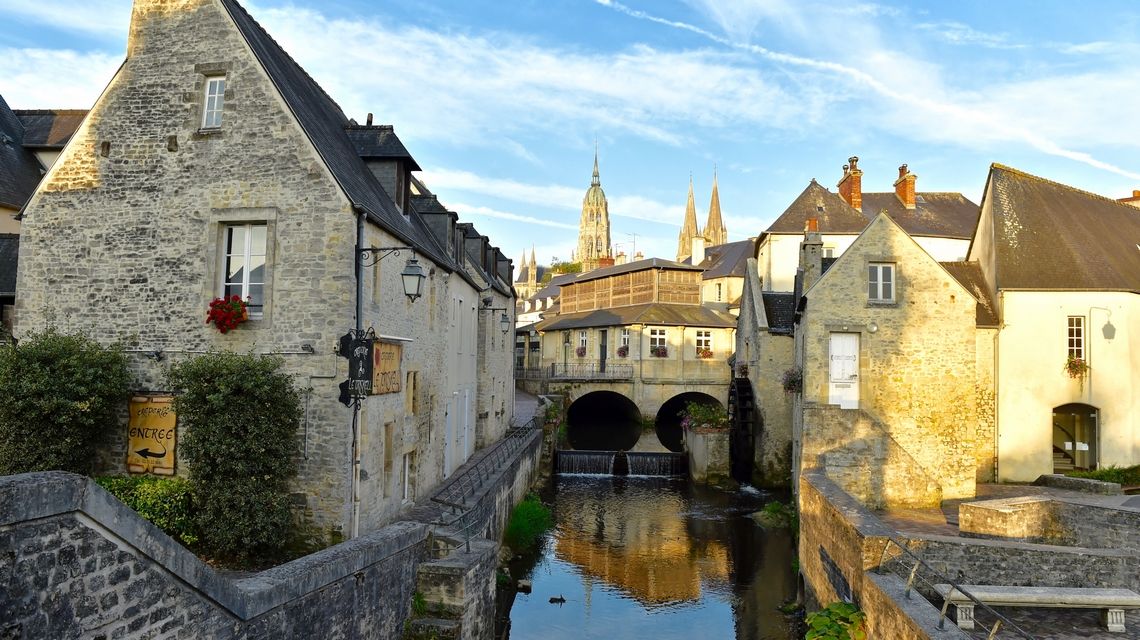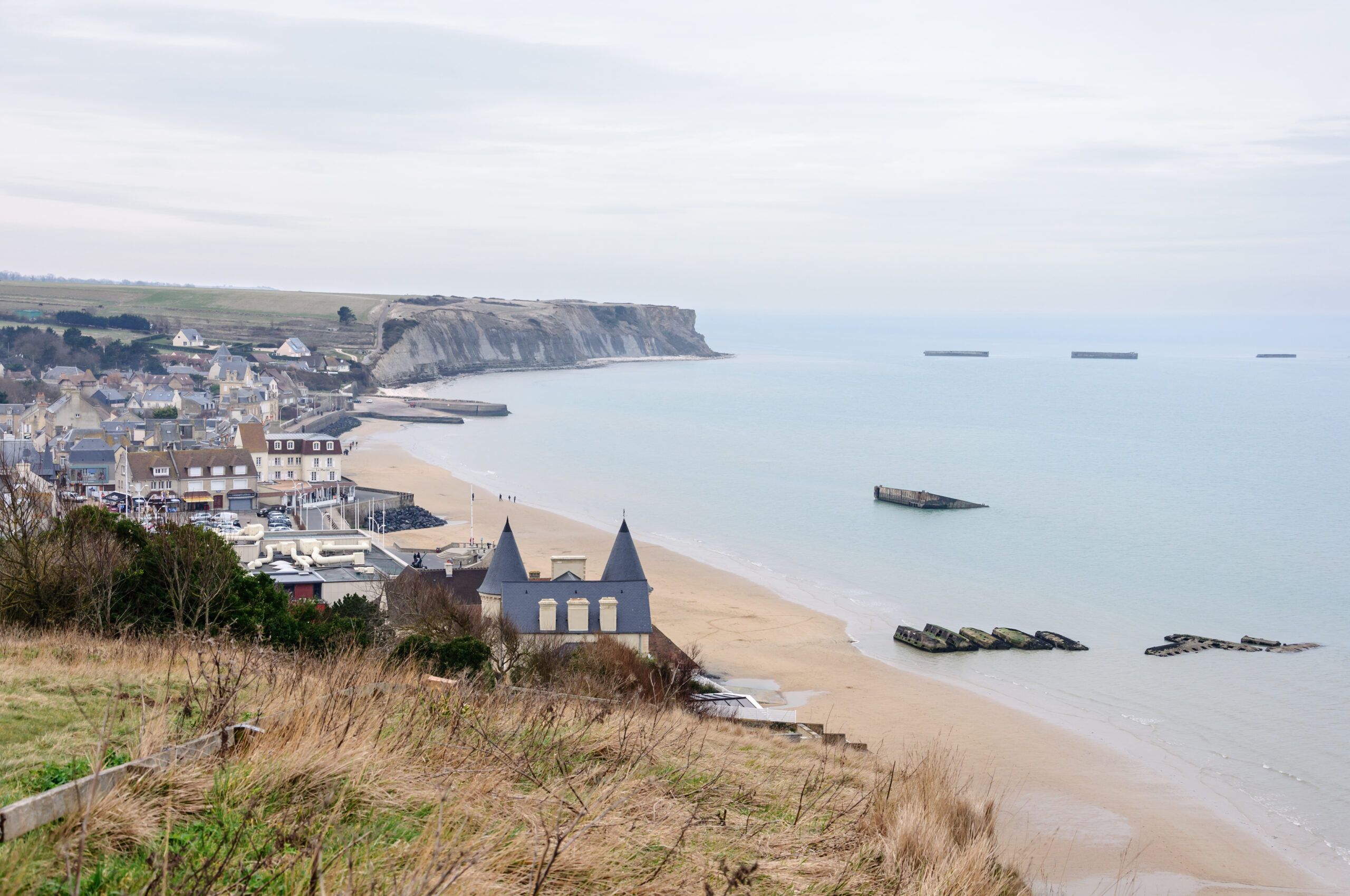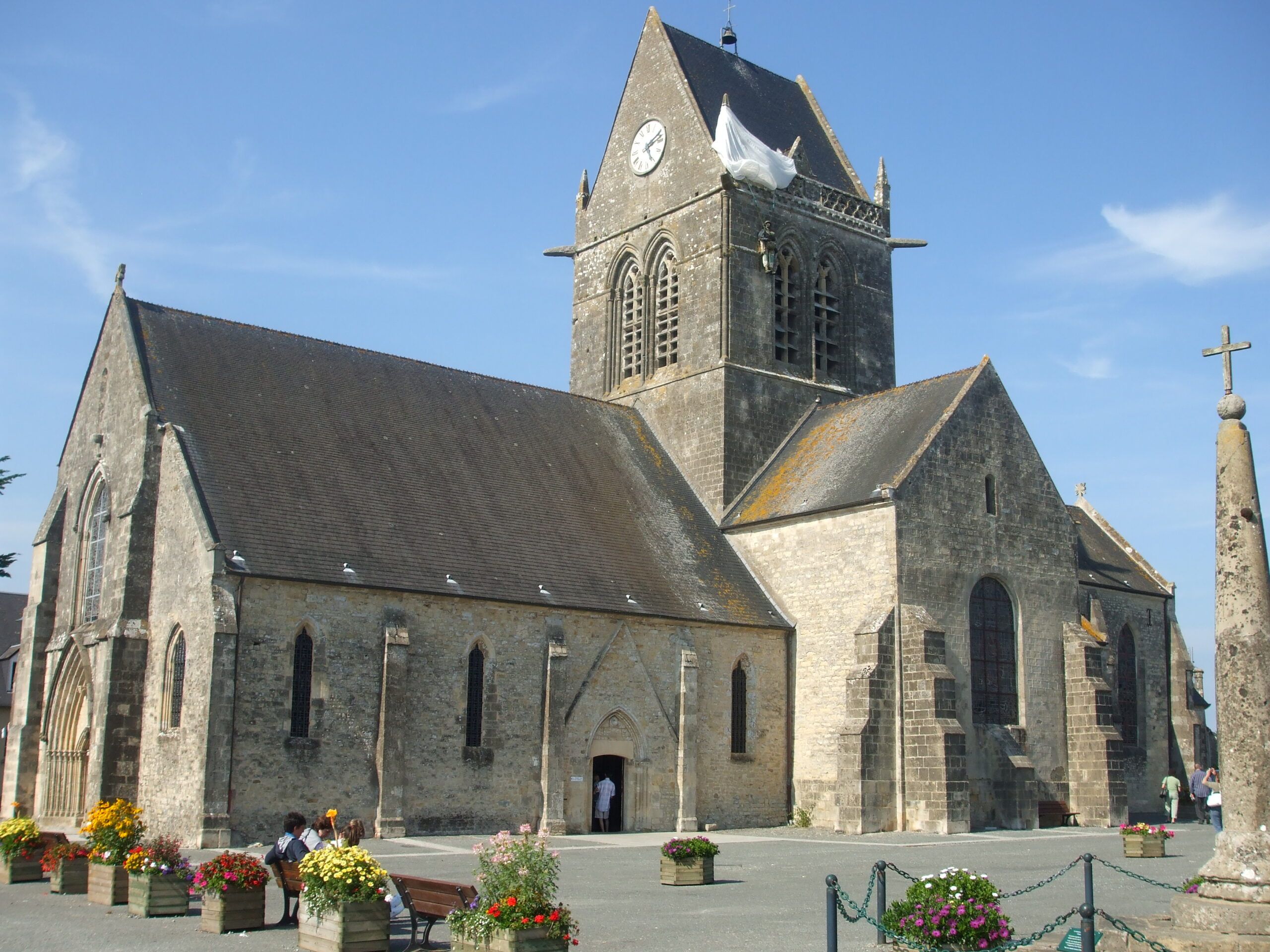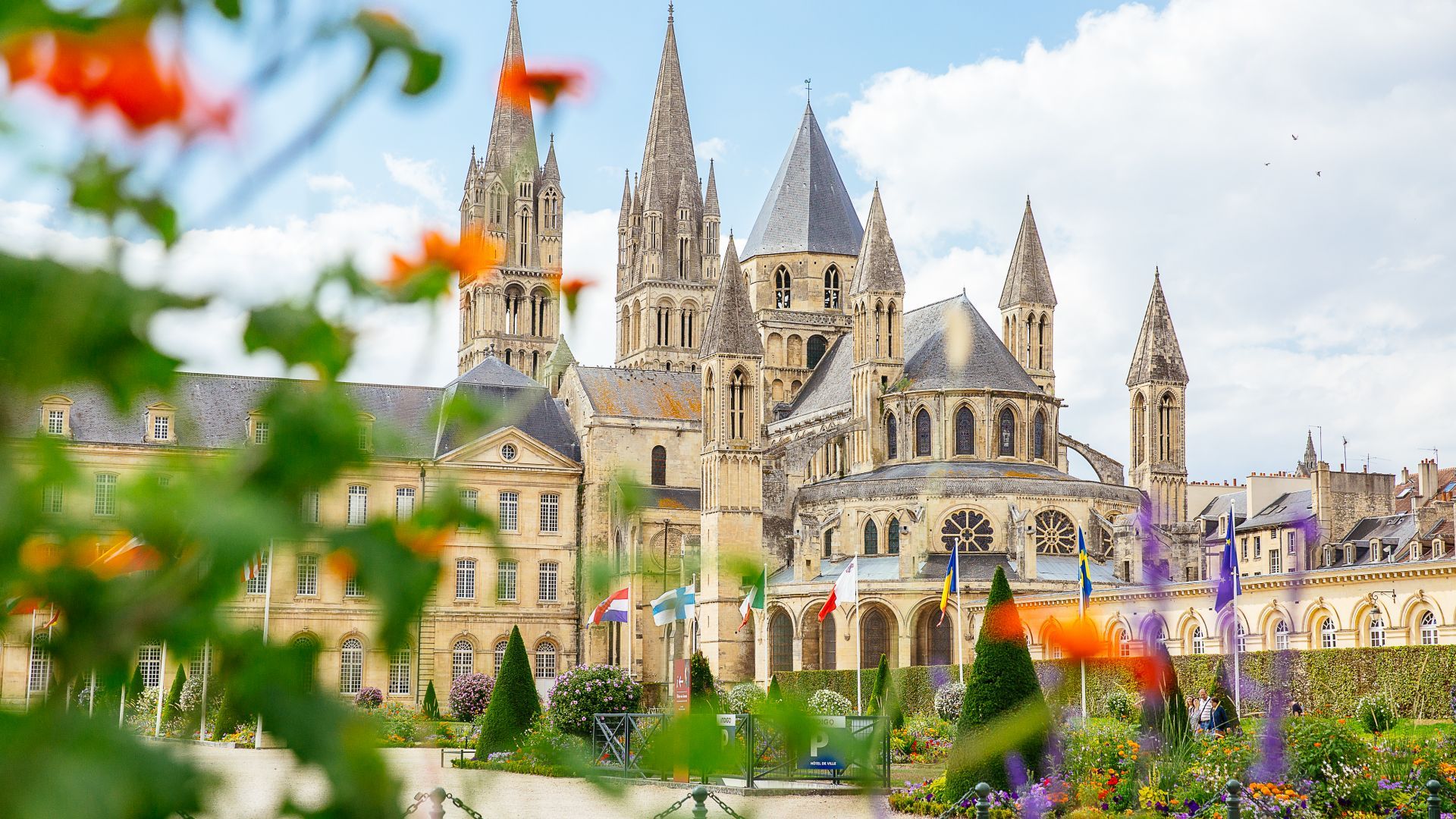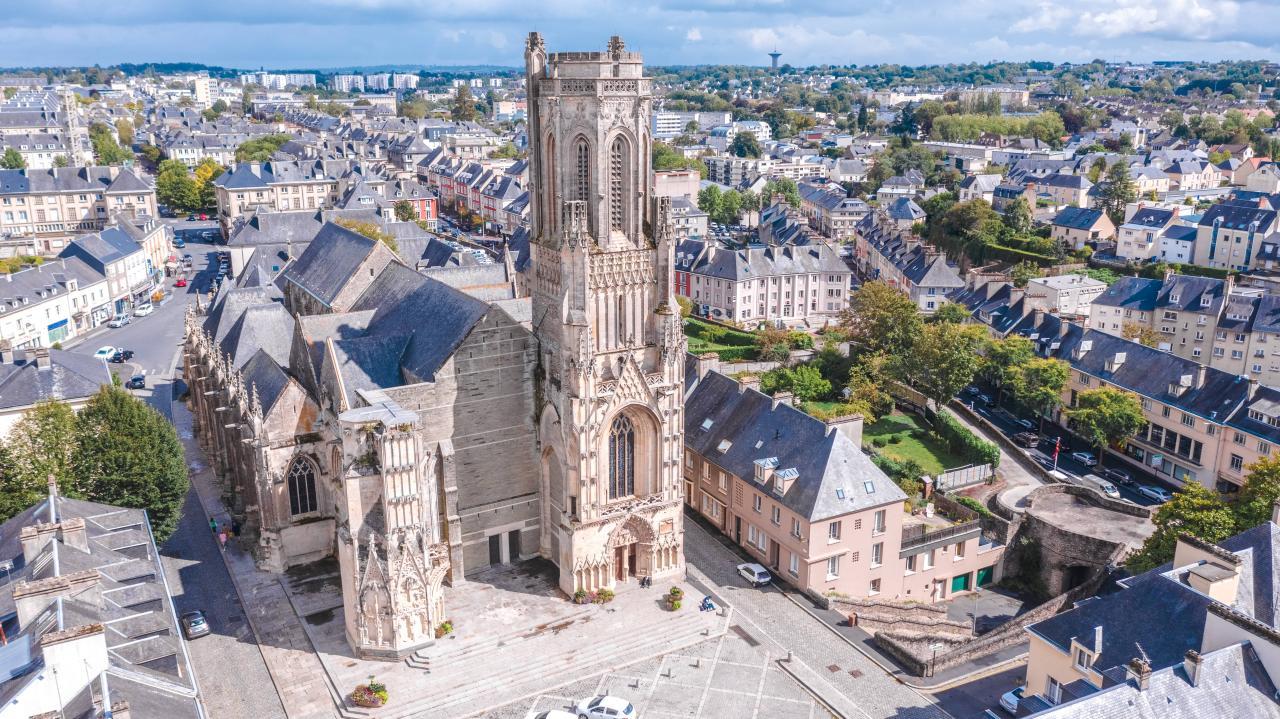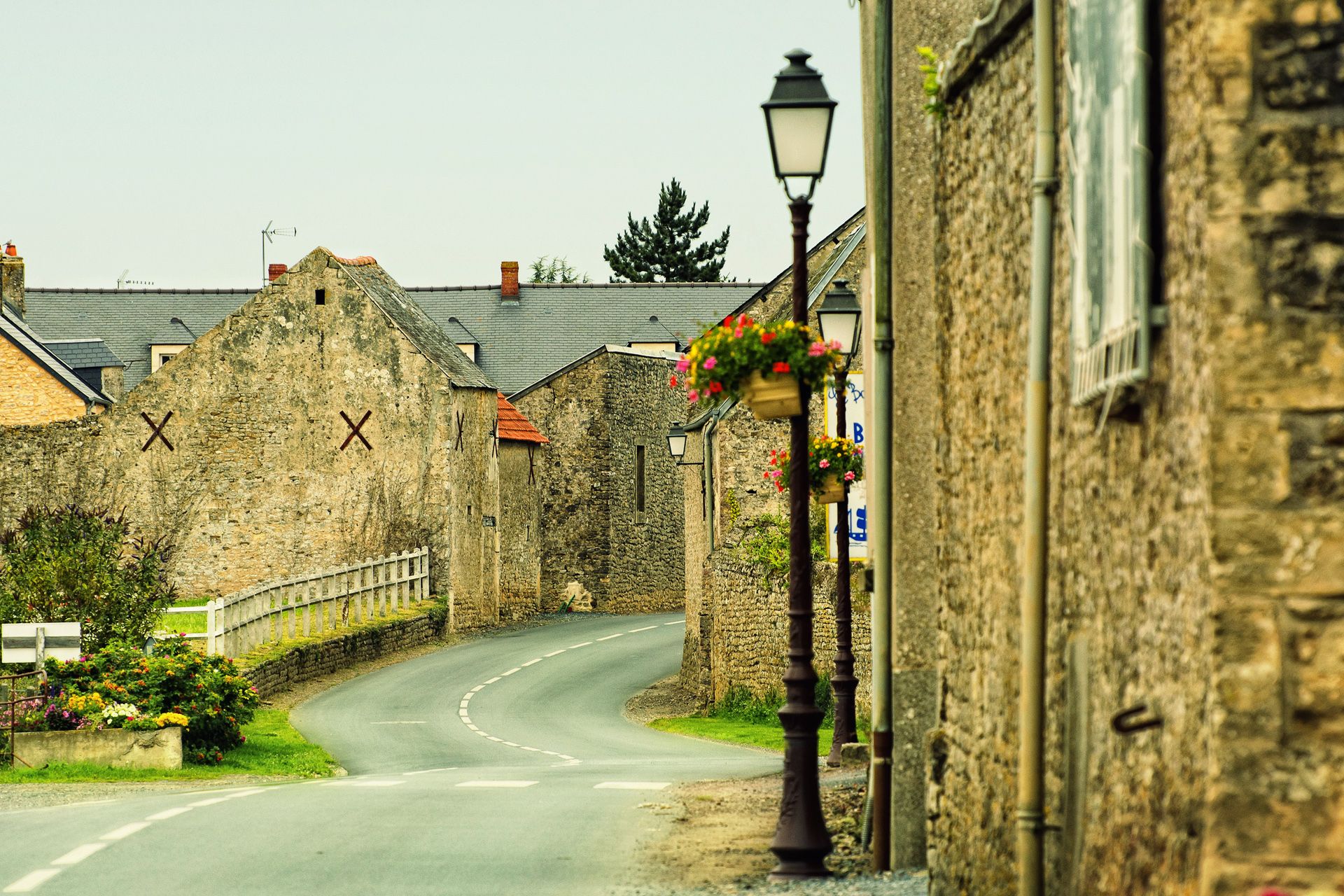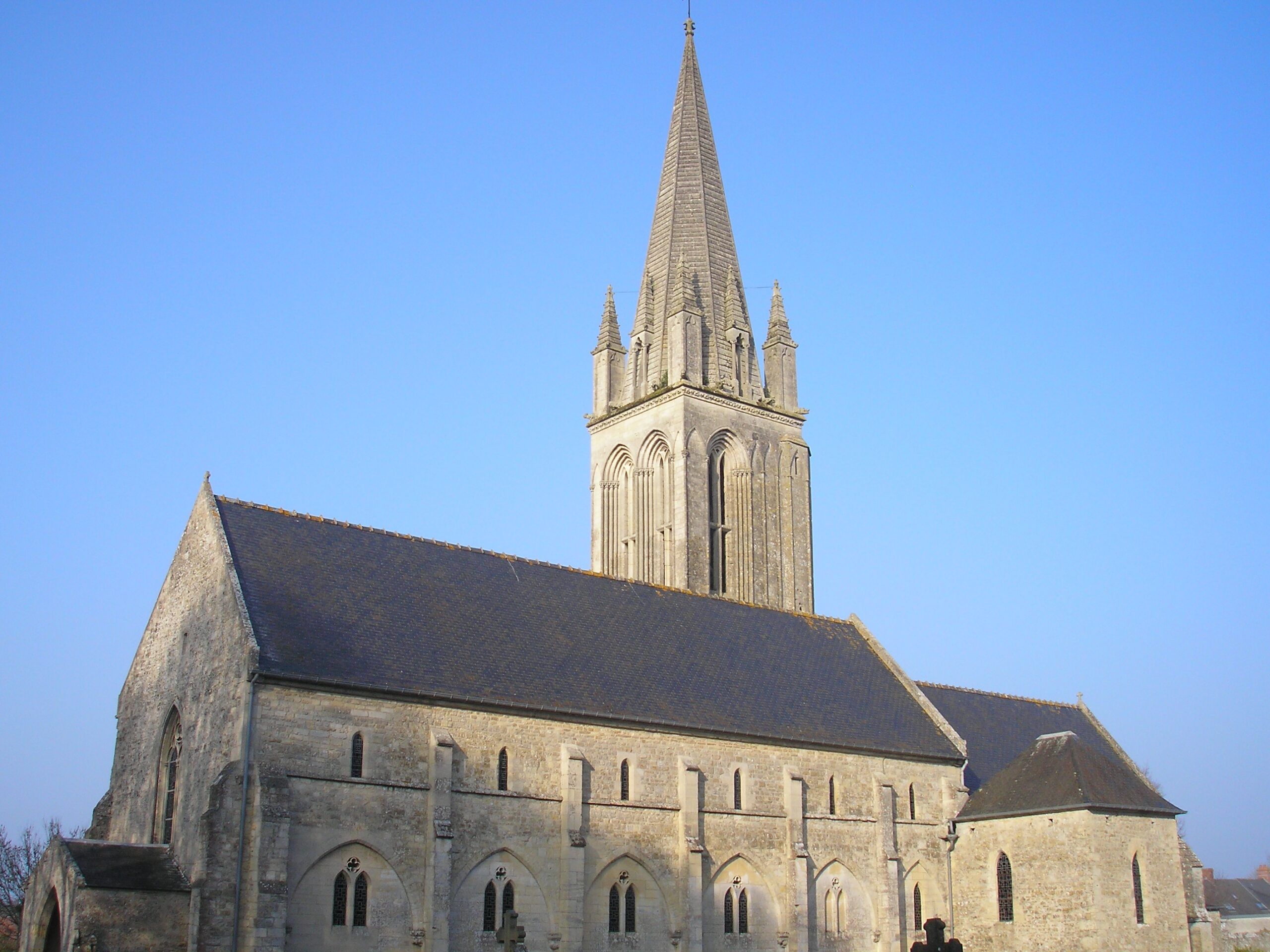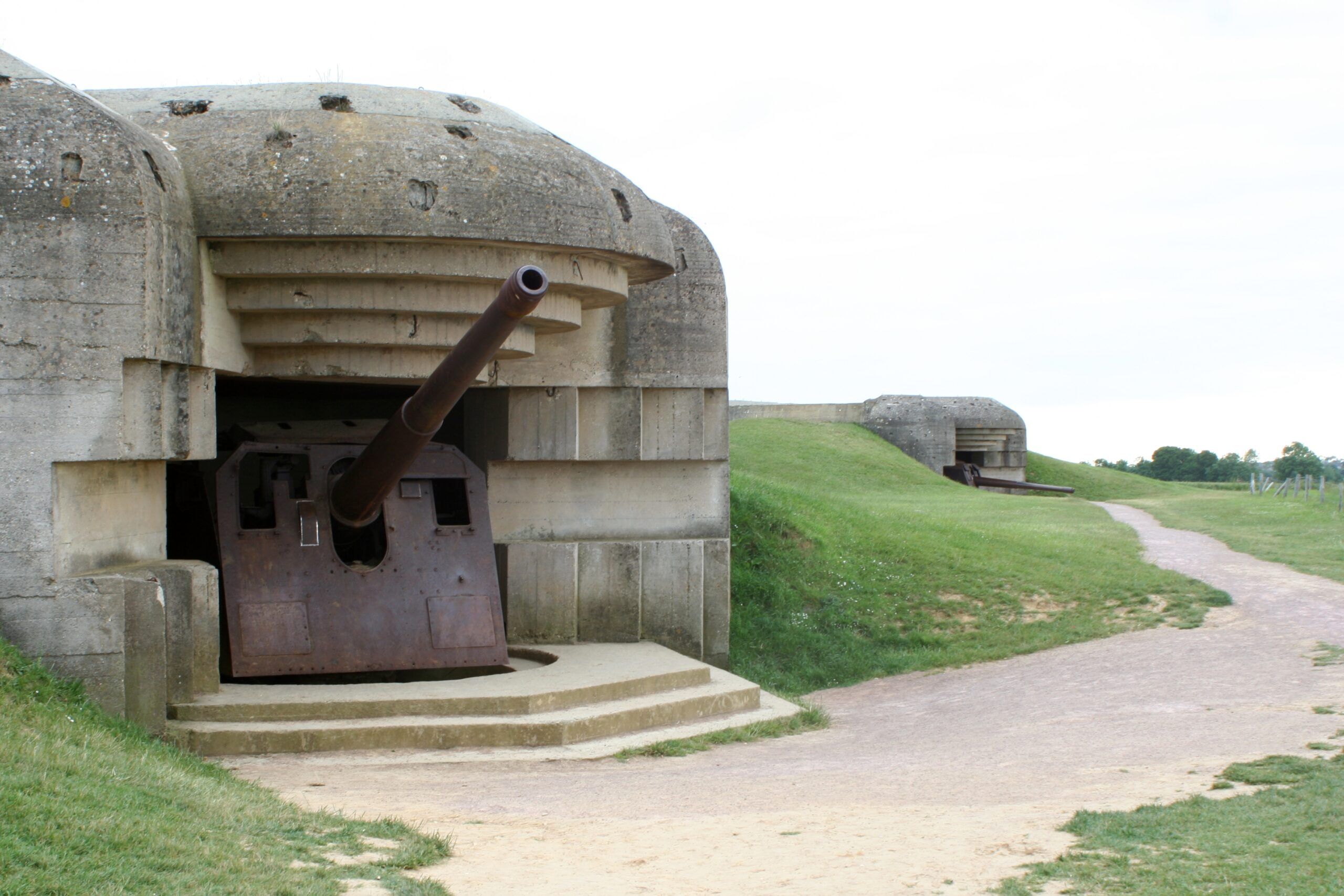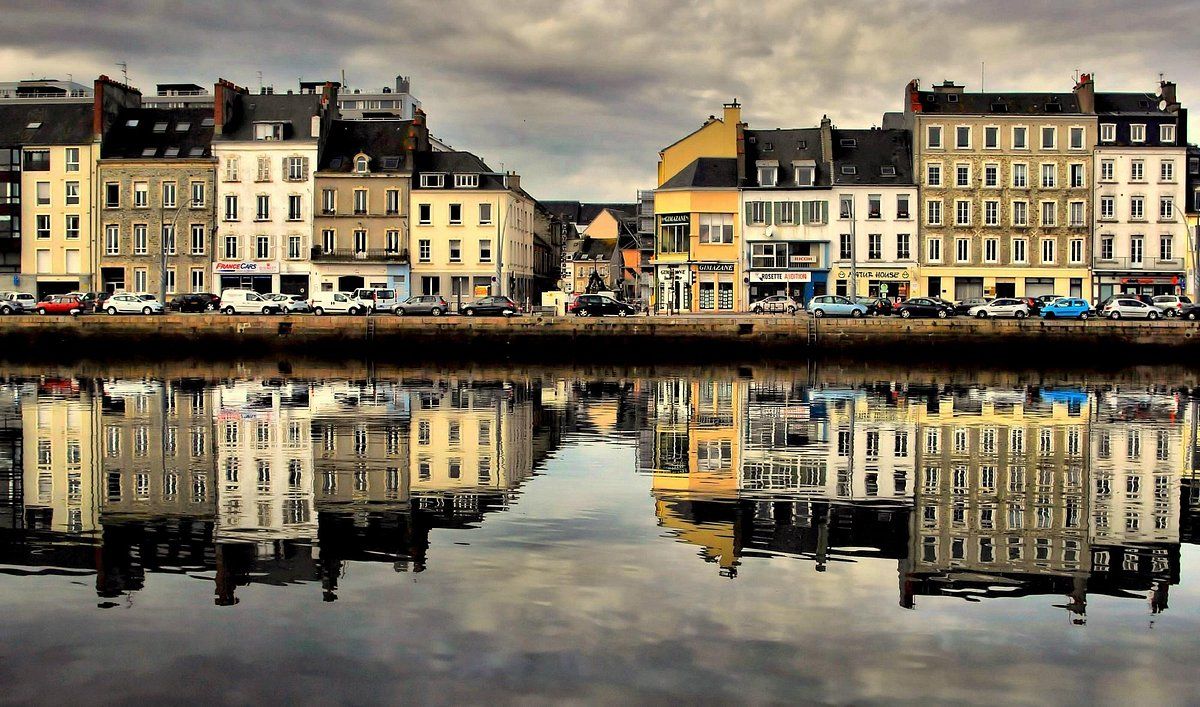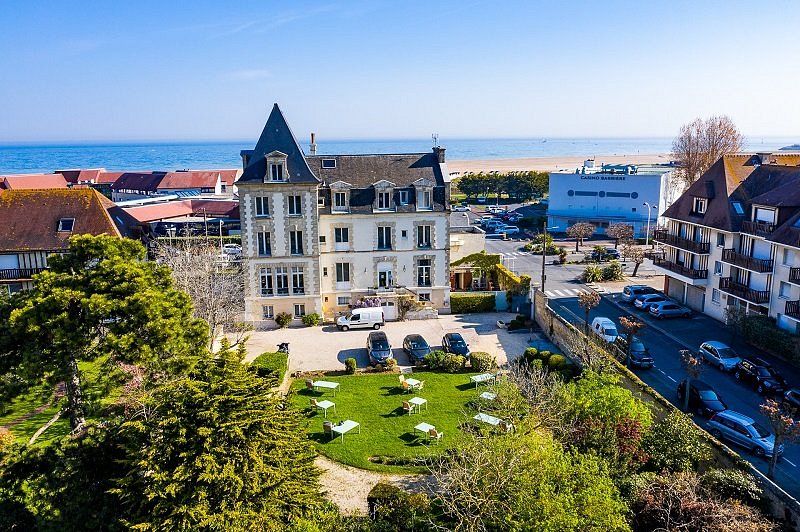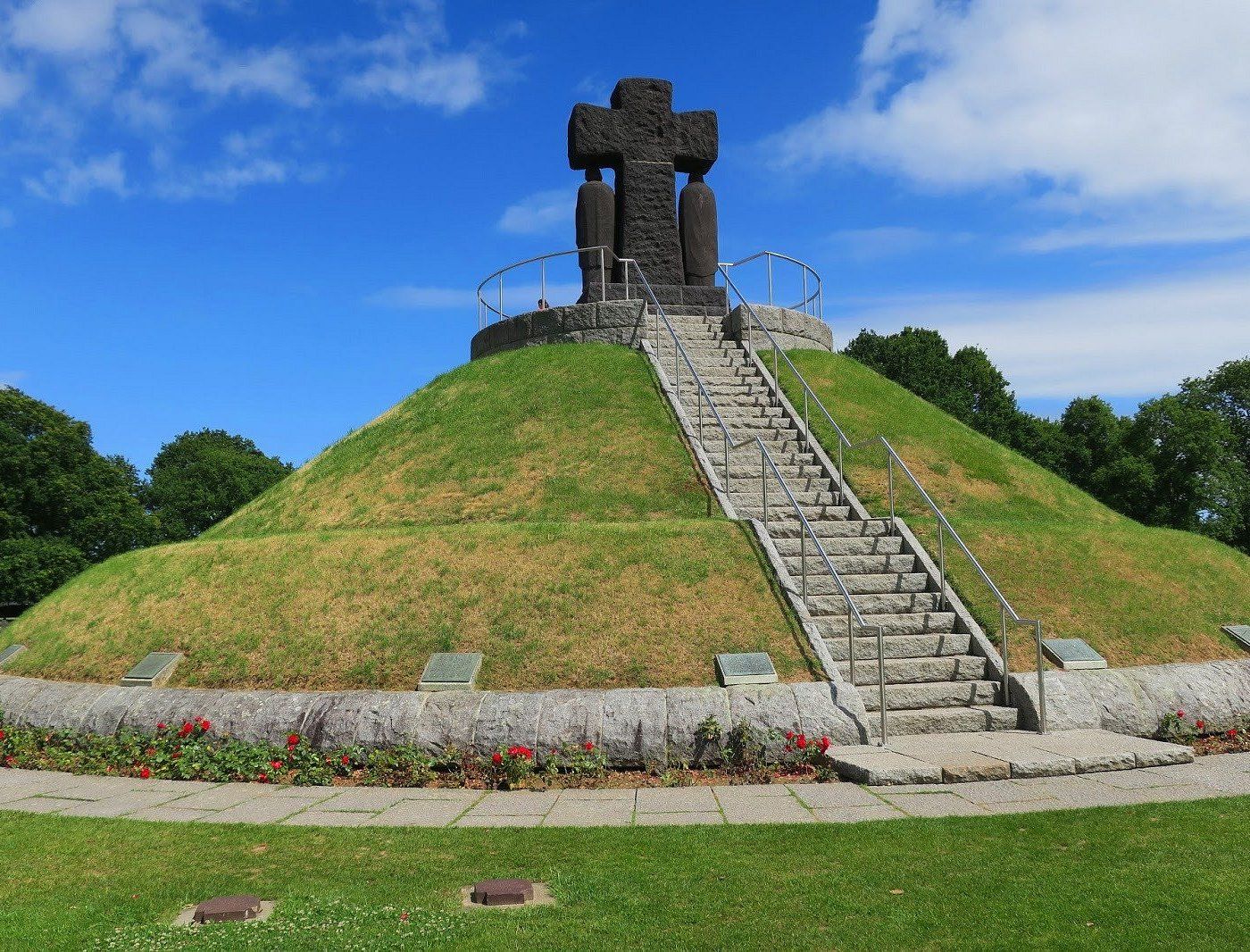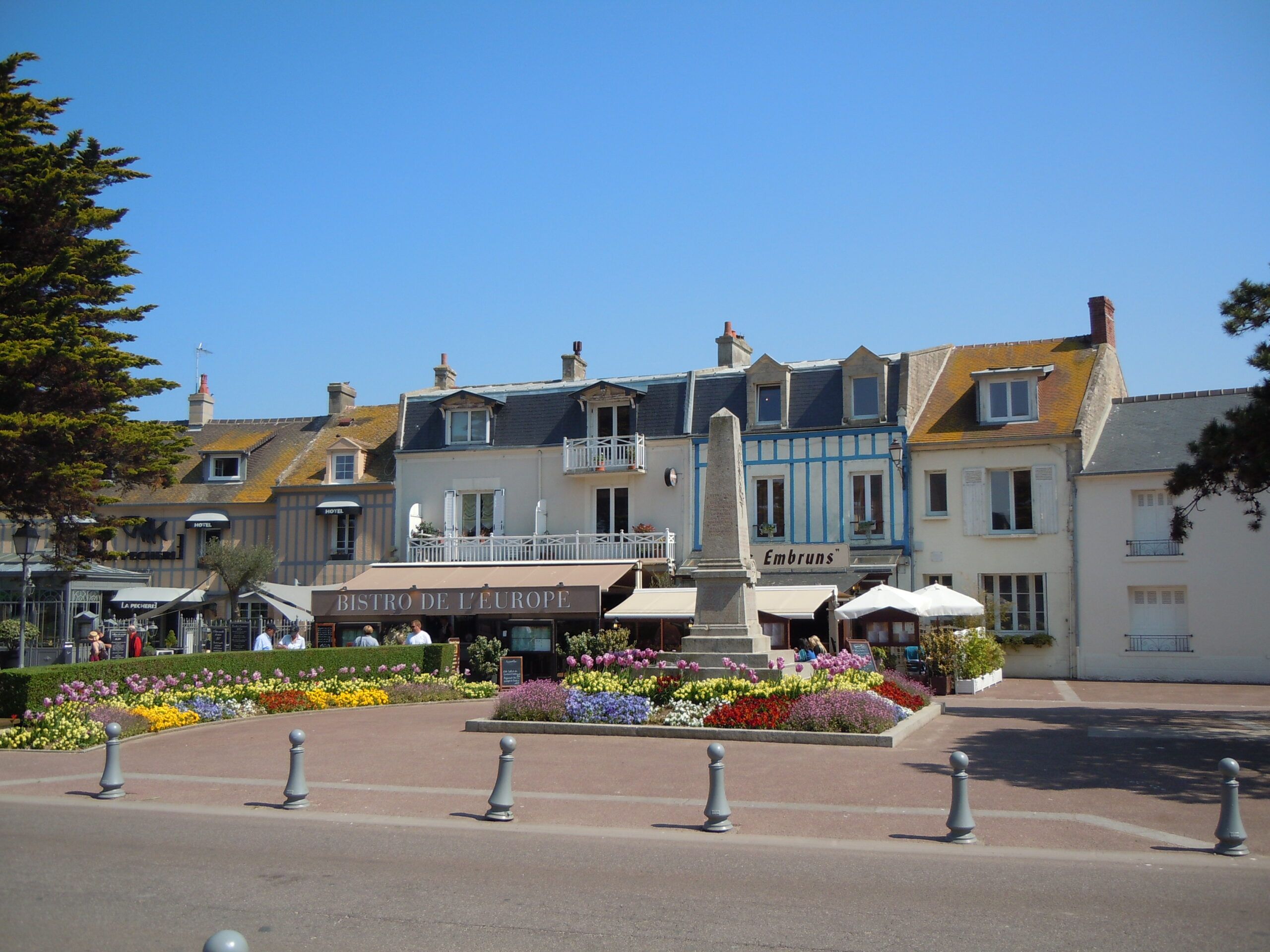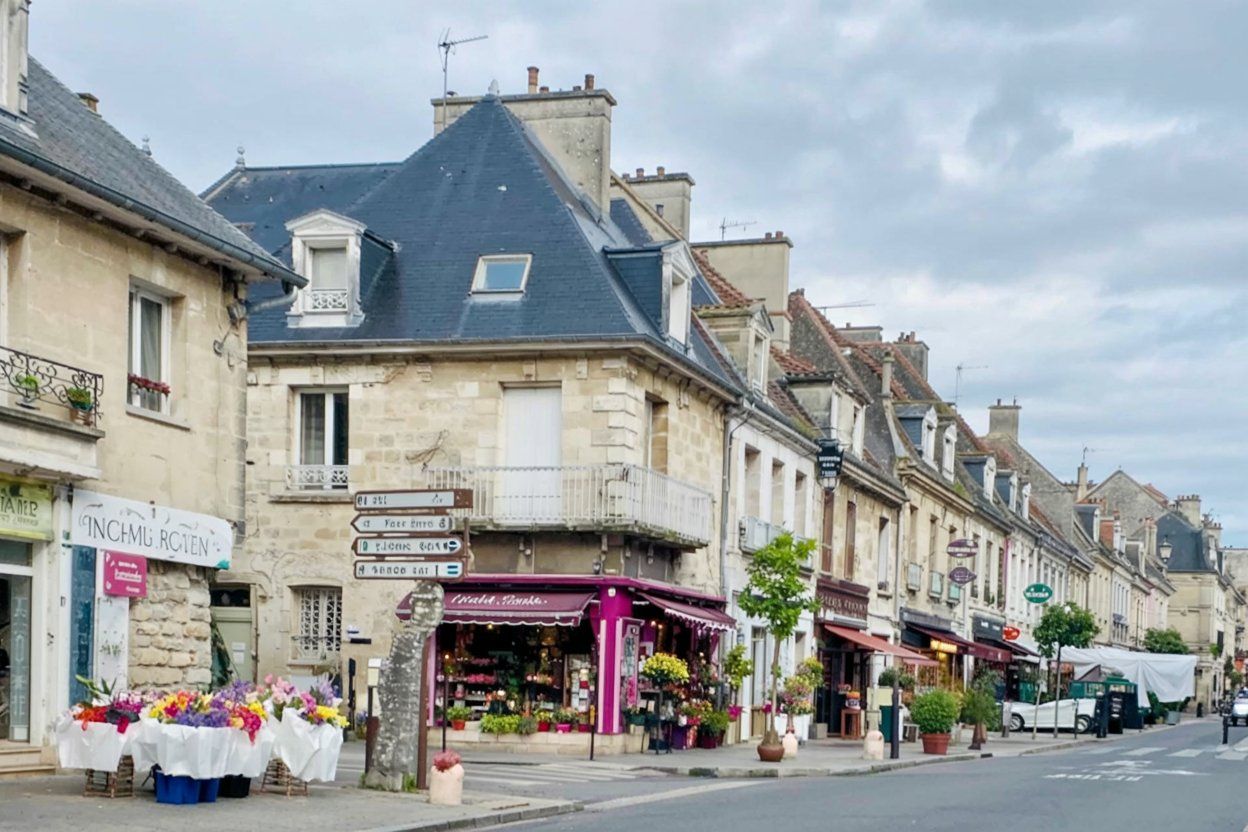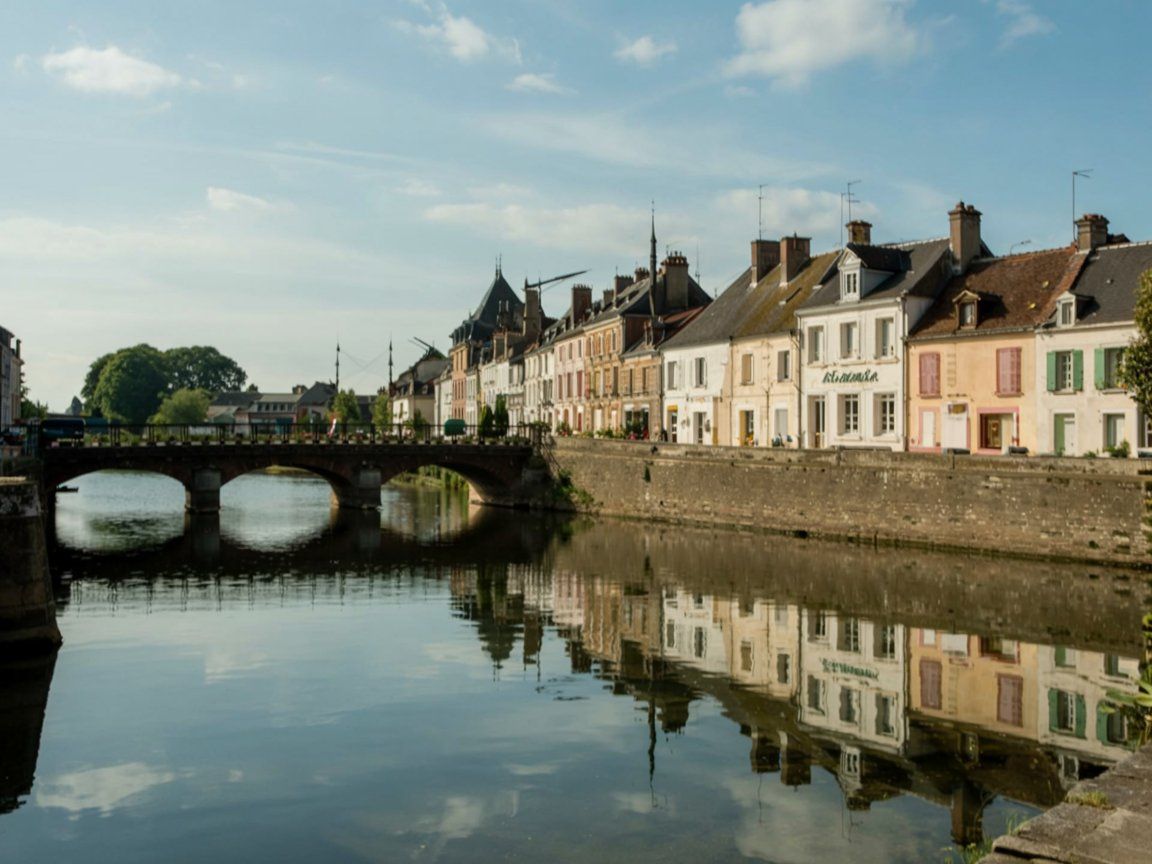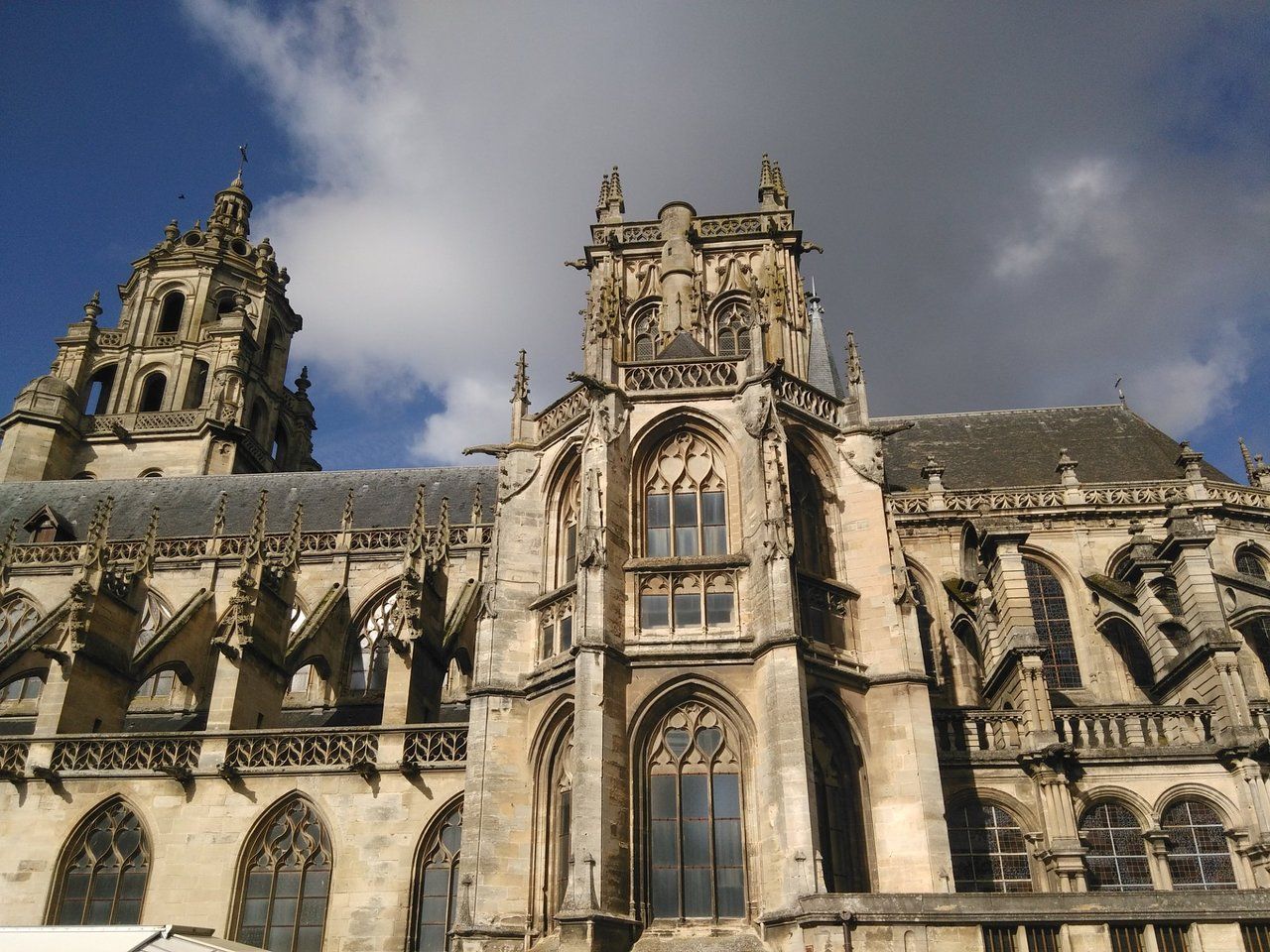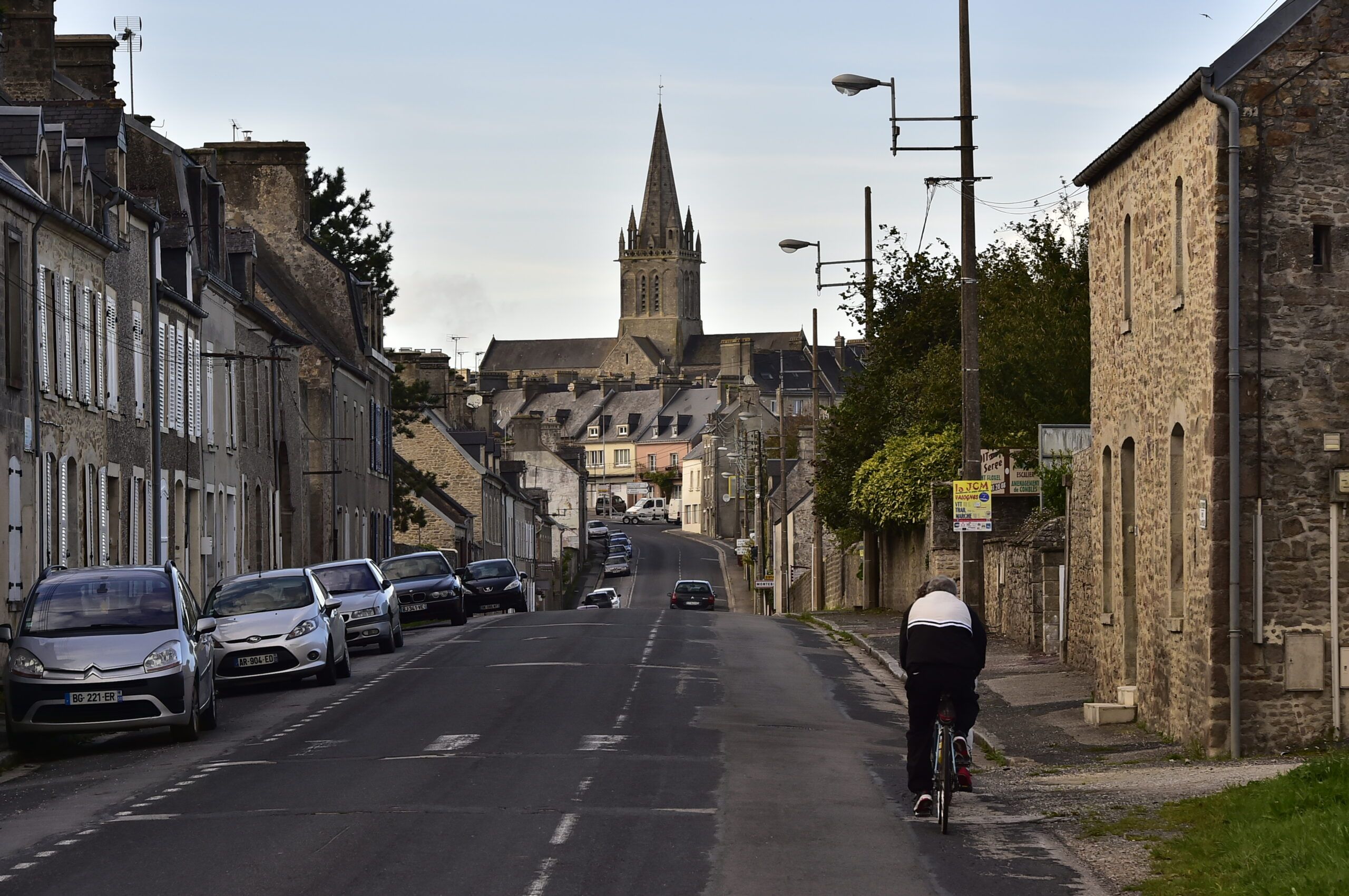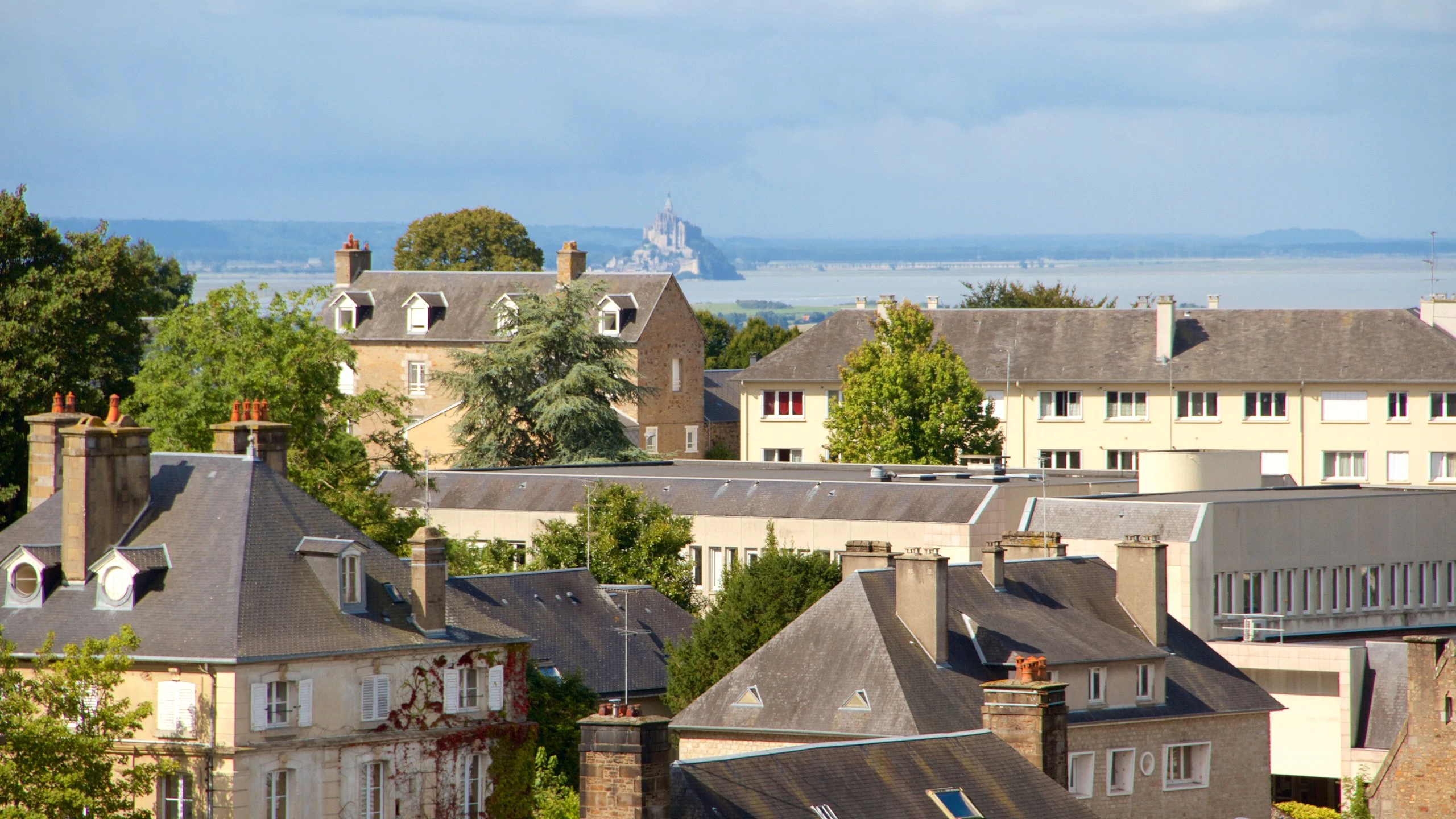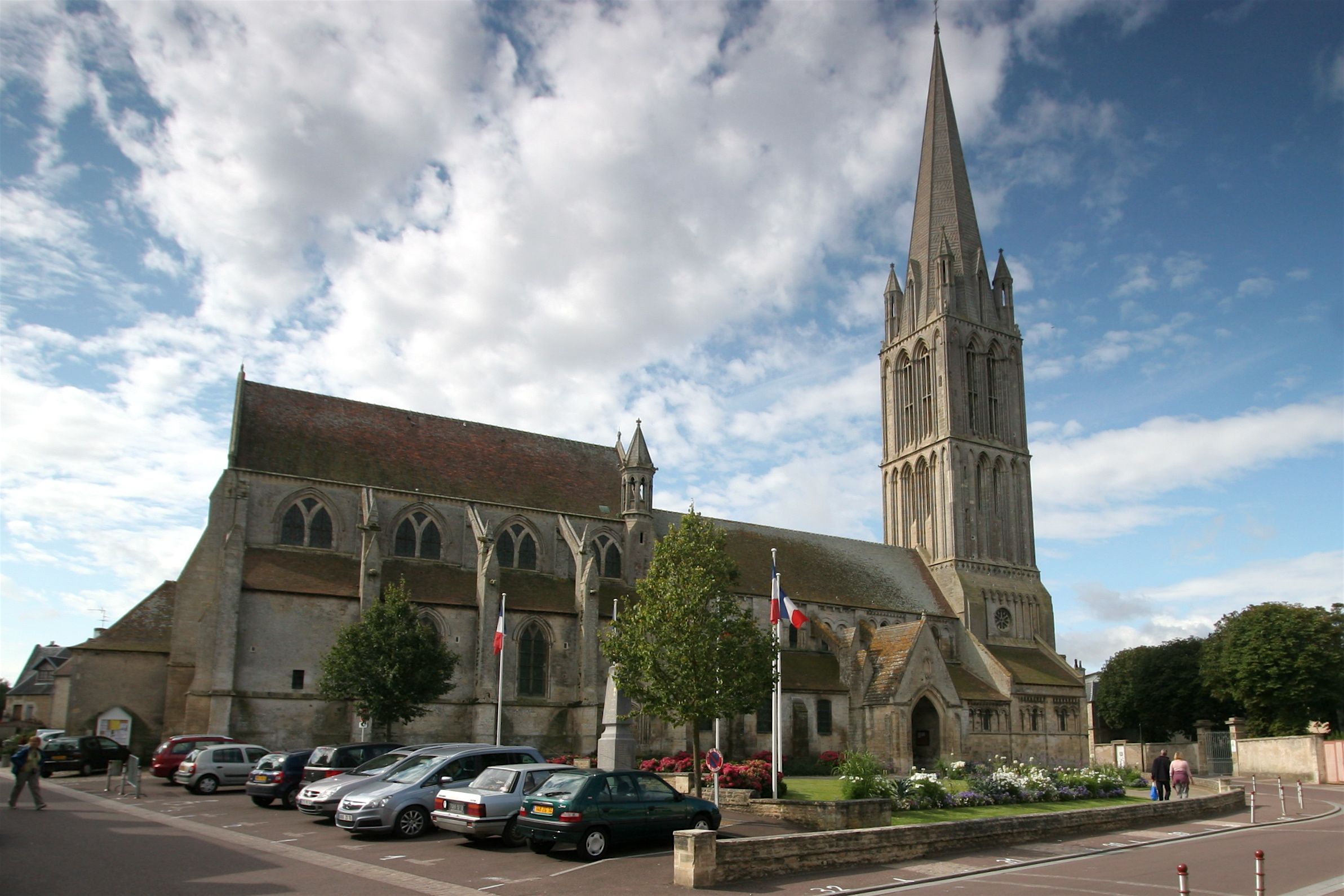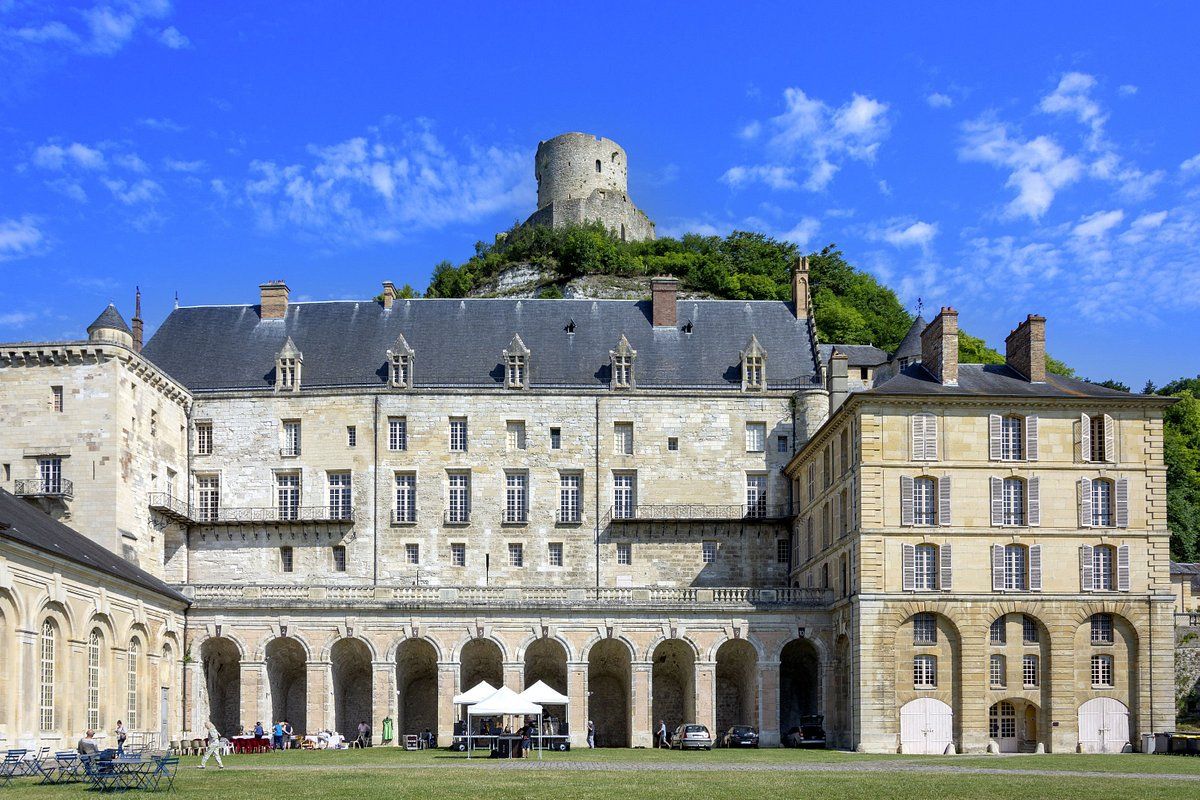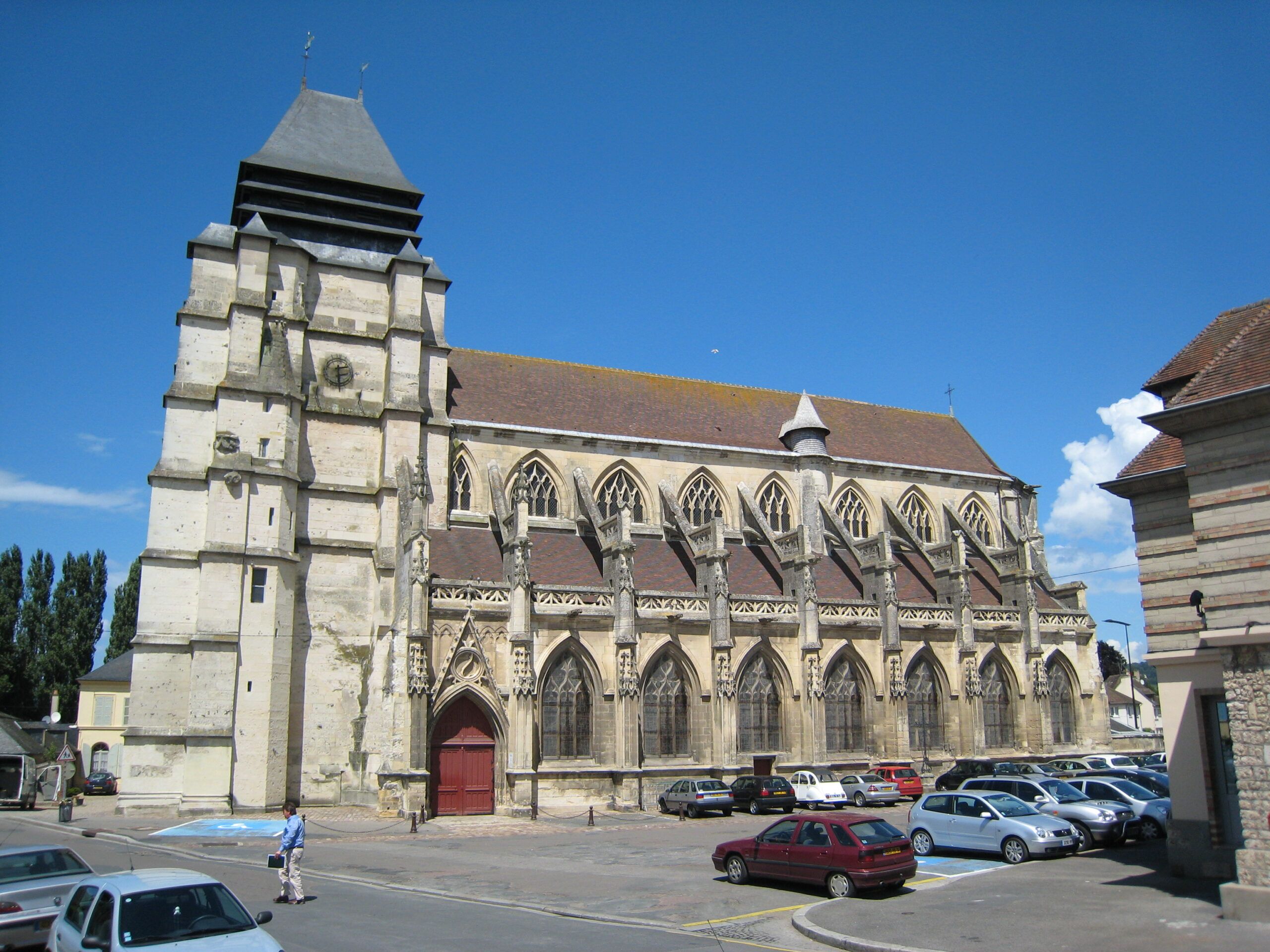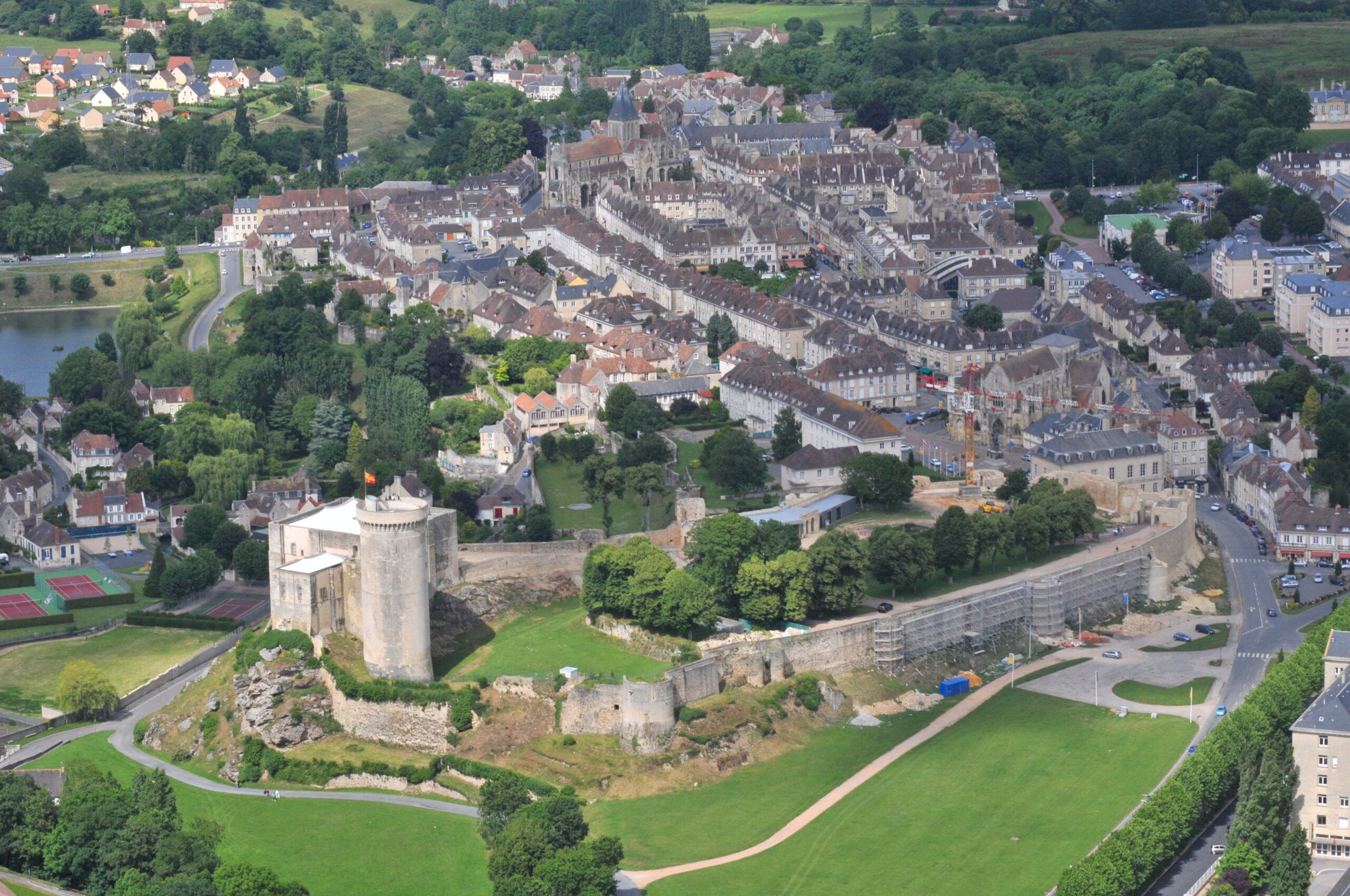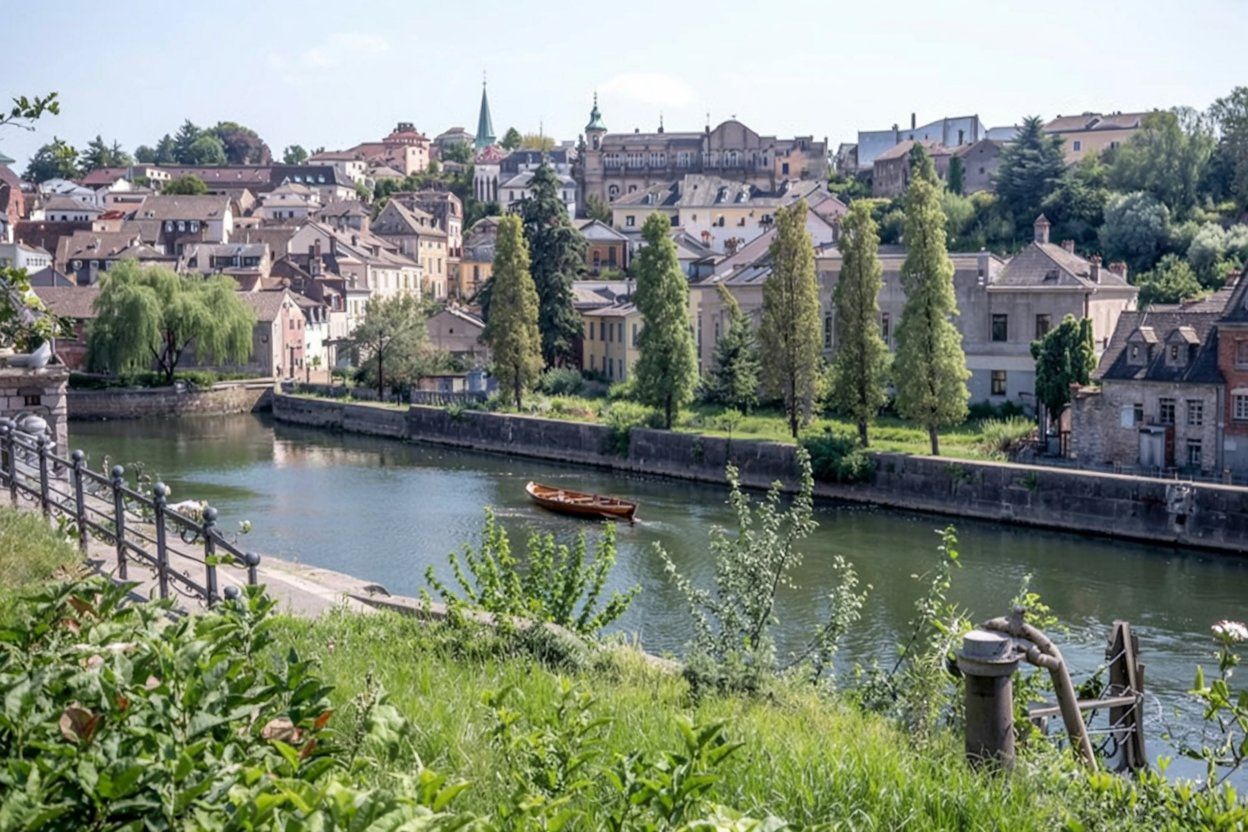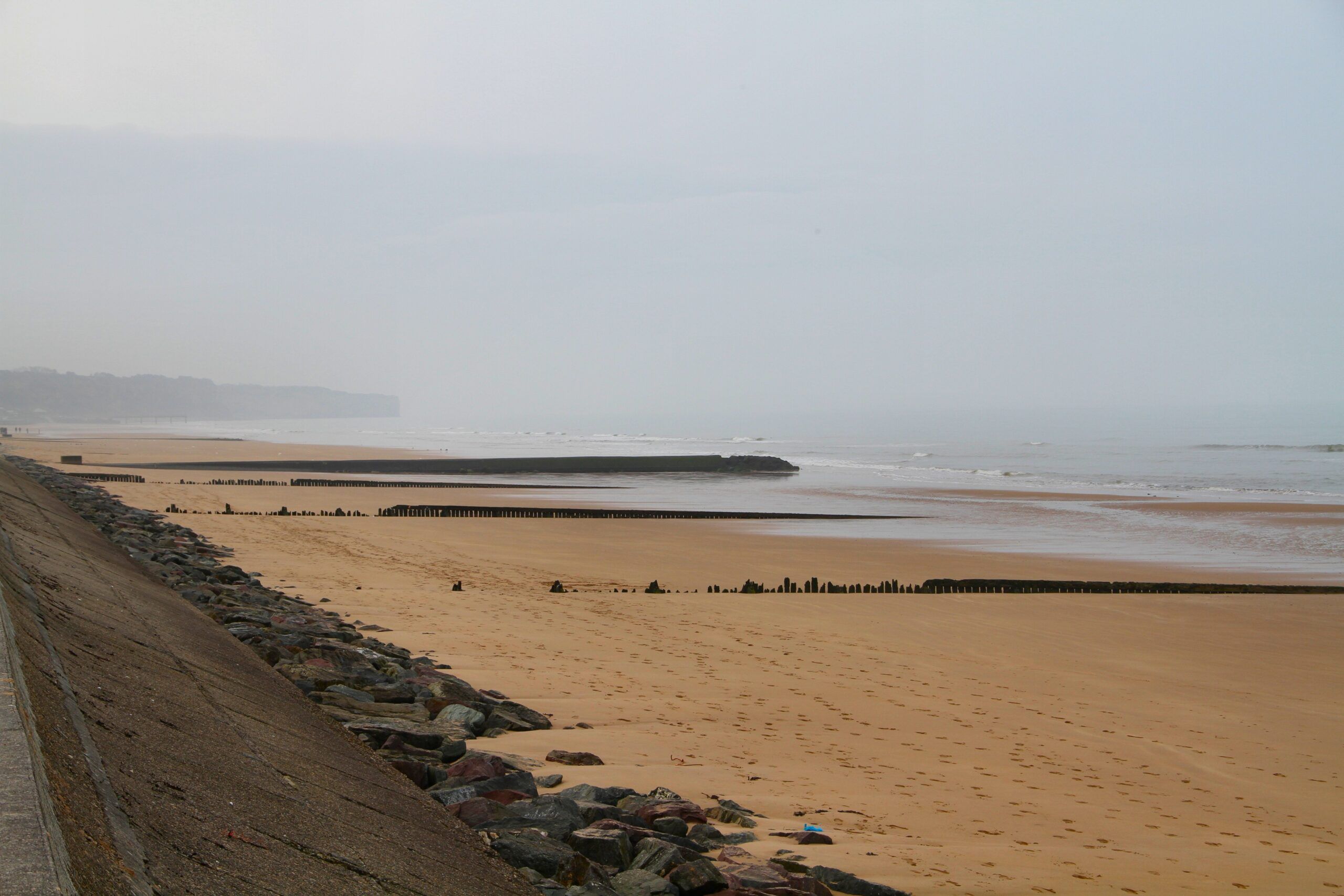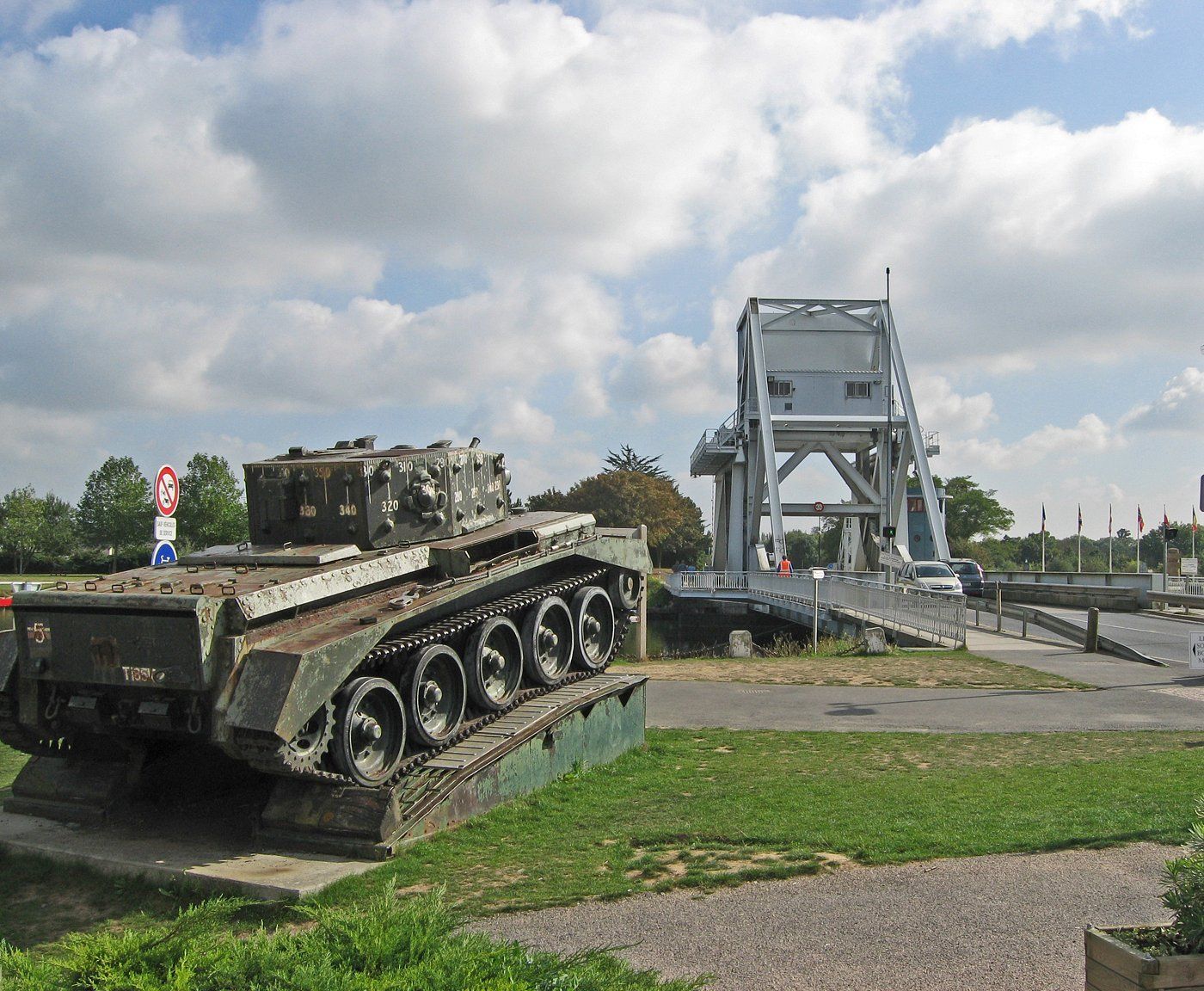Bayeux sits just a few miles from Normandy’s D-Day beaches, making it a fantastic base for World War II history buffs. This small French town blends medieval charm and powerful war memories, so you get a real sense of both past and present. The city itself survived the war with barely a scratch, while offering easy access to the beaches where Allied troops landed on June 6, 1944.
You can explore the Memorial Museum of the Battle of Normandy in Bayeux and reach all the major D-Day sites with just a short drive. Even if you only have a day, it’s possible to see key landing beaches, museums, and the British and Commonwealth War Cemetery. Bayeux’s central location puts you close to Omaha Beach, Gold Beach, and other important WWII landmarks.
Visit Recommended D-Day historic hotels and B&Bs along the invasion beaches.
But Bayeux isn’t just about war history. The town has treasures of its own, like the famous Bayeux Tapestry and a beautiful cathedral. It’s a great spot for travelers who want to balance solemn memorials with some culture and good food. Accommodations are comfortable, restaurants are solid, and the walkable town center makes it easy to get around Normandy from here.
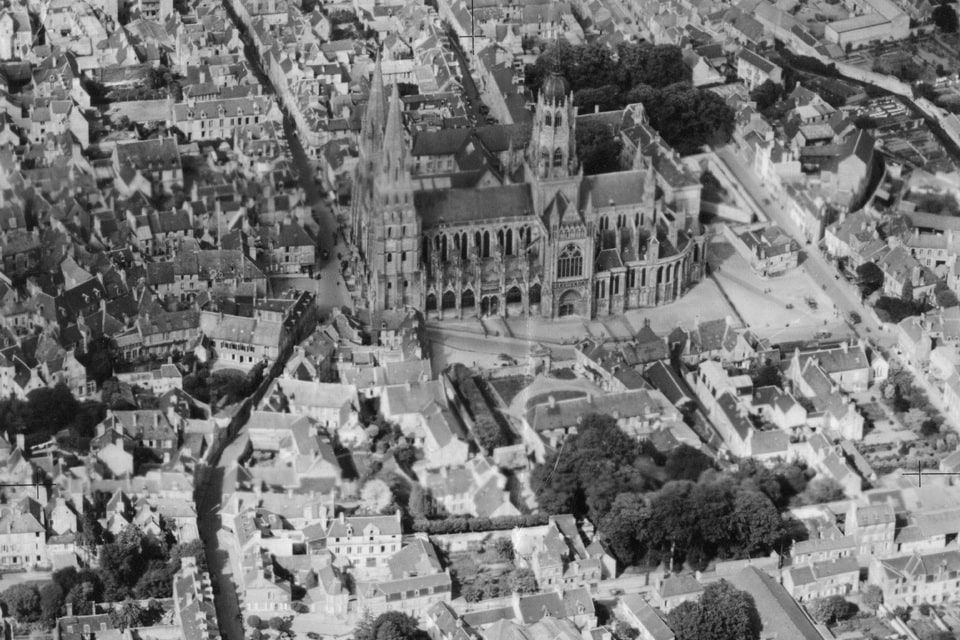
History of Bayeux in World War II
Bayeux played a crucial role during World War II, especially right after the D-Day landings. The city came through the war relatively unscathed compared to other Norman towns, so its historic architecture remains mostly intact.
Bayeux and the Allied Invasion
Bayeux sat just inland from the invasion beaches of Operation Overlord. On June 6, 1944, Allied forces stormed five Normandy beaches. Gold Beach, the British landing zone, was closest—only about 10 kilometers away.
The British 50th Infantry Division set its sights on Bayeux as a key objective. Unlike many Norman towns, Bayeux didn’t have heavy German defenses. That made it an obvious early target for liberation.
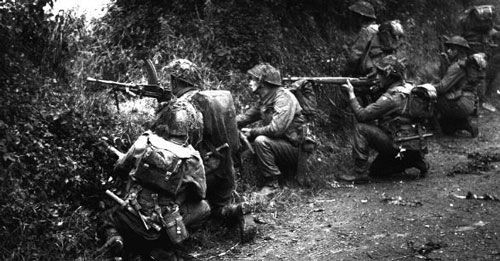
Today, you can still see evidence of its strategic importance. The Memorial Museum of the Battle of Normandy displays maps showing how Allied planners viewed Bayeux as a gateway to inland Normandy.
Role in the Battle of Normandy
After liberation, Bayeux quickly became a hub for Allied operations. Its intact roads and buildings made it valuable for military planning and logistics.
British and Canadian forces used Bayeux as a staging area for further advances. Medical teams set up facilities here to treat wounded soldiers from the front lines.
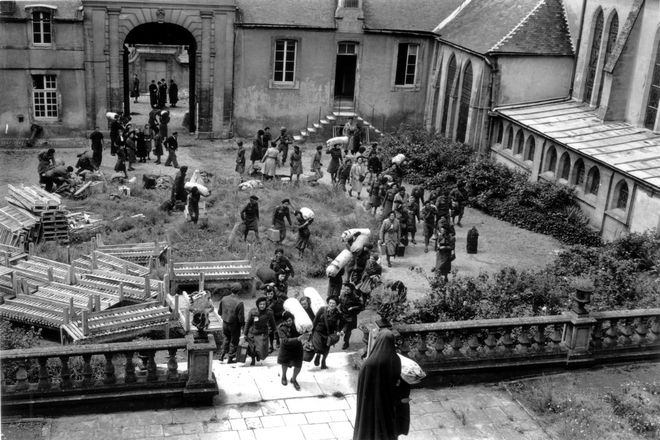
The city also became a communications center, with military leaders coordinating movements from Bayeux as the Battle of Normandy raged on through summer 1944.
Many buildings in Old Bayeux were used for military purposes. The fact that the city was so undamaged made it a logistical goldmine for the Allies during those crucial weeks.
Liberation and Aftermath
On June 7, 1944—just a day after D-Day—Bayeux became the first French city to be liberated from Nazi occupation. British troops entered with almost no resistance, so much of the medieval architecture survived.
General Charles de Gaulle visited Bayeux on June 14, delivering his first speech on French soil since 1940. This historic moment took place in front of what’s now the Bayeux Museum.
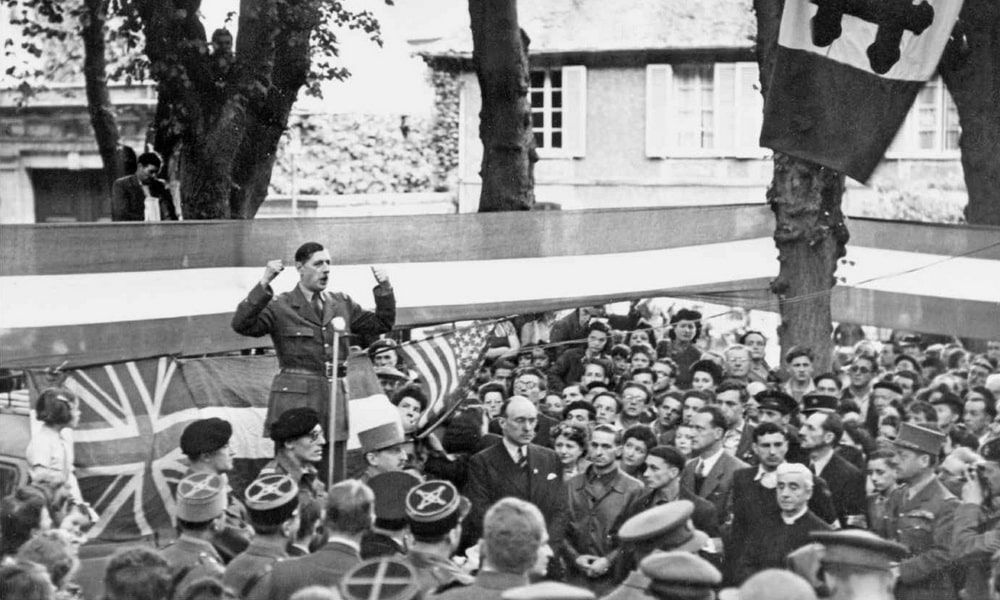
Today, the Bayeux War Cemetery holds 4,648 graves of British and Commonwealth soldiers who died during the Normandy campaign.
Bayeux’s quick liberation and minimal damage meant it could help re-establish civilian government in liberated France.
Stay steps from Omaha Beach and historic landmarks. Best rates on local accommodations.
Major D-Day Sites Near Bayeux
Bayeux makes an ideal home base for exploring the D-Day landing beaches, all just a short drive away. The five beaches—Utah, Omaha, Gold, Juno, and Sword—stretch along 70 kilometers of Normandy coastline, each with its own museums and memorials.
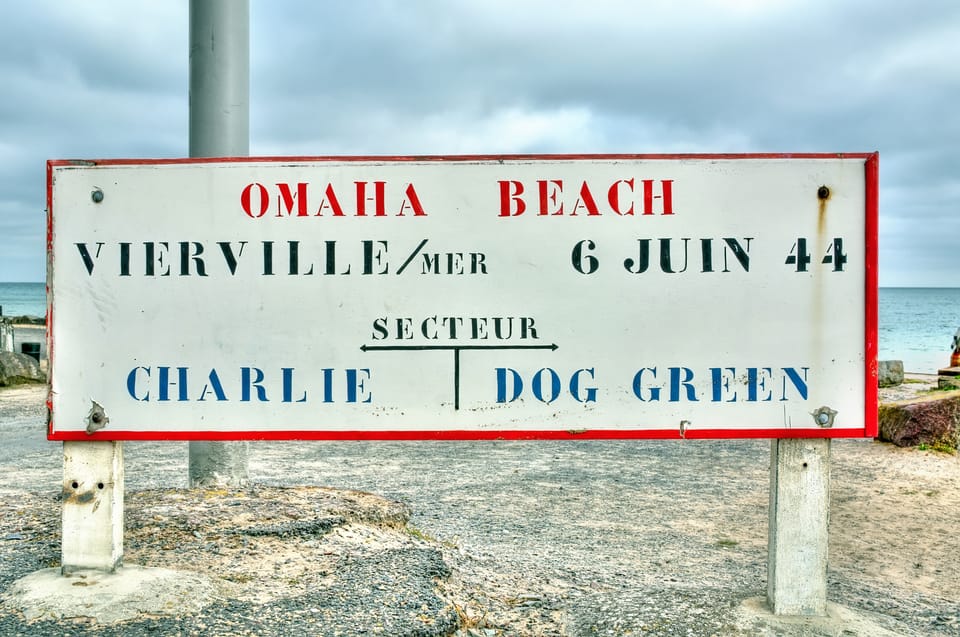
Omaha Beach and Omaha Beach Memorial Museum
Omaha Beach, about 10 miles north of Bayeux, saw some of the bloodiest fighting on D-Day. American troops landed under fire from steep cliffs and heavy German defenses, suffering huge casualties. Now, the beach is a peaceful sweep of sand where you can walk and reflect.
The American Cemetery overlooks Omaha Beach, with 9,388 graves of U.S. soldiers. The white marble crosses and Stars of David are a striking sight. The visitor center adds context with exhibits and personal stories.
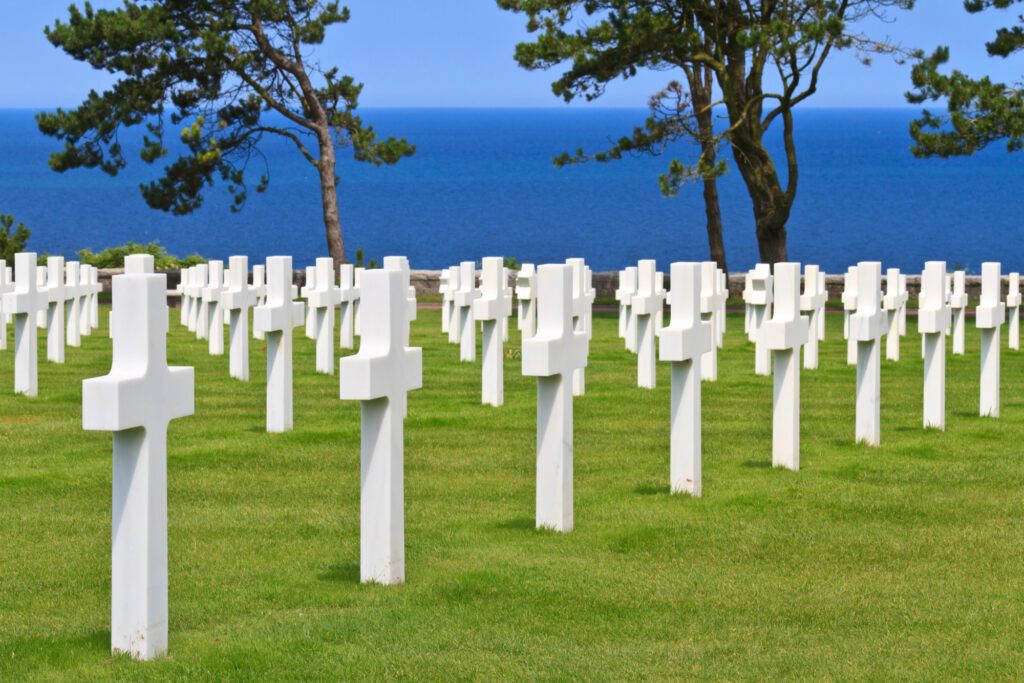
Nearby, the Omaha Beach Memorial Museum displays vehicles, weapons, uniforms, and personal items from the landings. Interactive exhibits help you get a feel for what troops faced on June 6, 1944.
Point du Hoc, where U.S. Rangers scaled 100-foot cliffs to take out German artillery, still shows shell craters and bunker remains. The site feels much as it did after the battle.
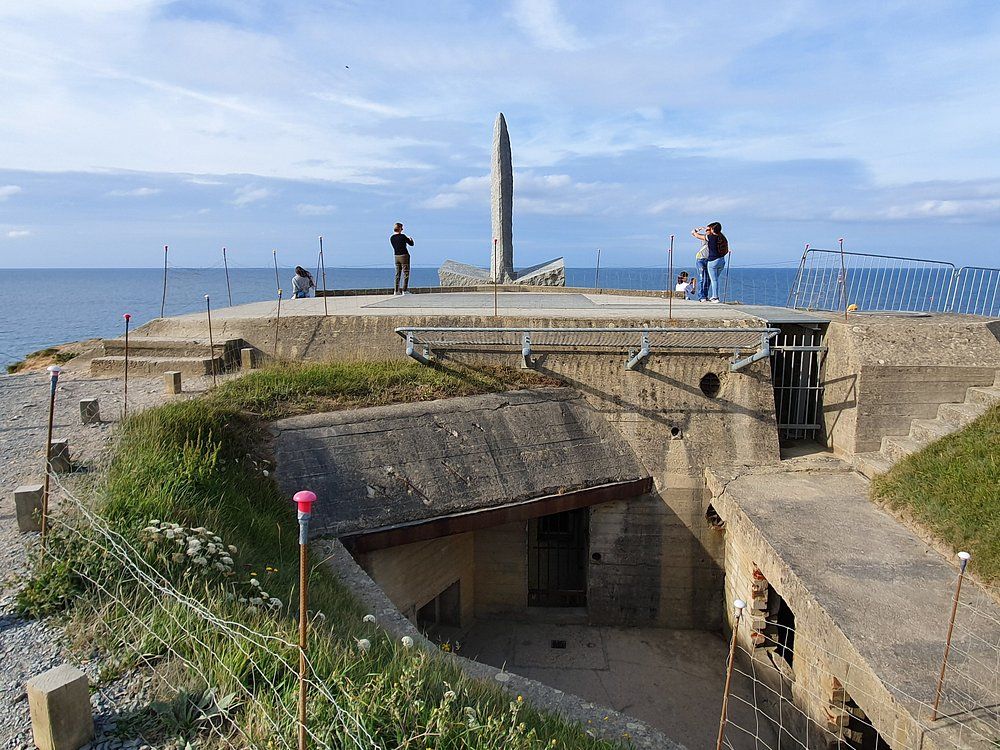
Utah Beach and Utah Beach Museum
Utah Beach was the westernmost landing site and saw fewer casualties than Omaha. The Utah Beach Museum sits right where American troops came ashore and even has a preserved B-26 bomber—one of only six left in the world.
The museum recently added new exhibits about the naval and air operations supporting the landings. There are artifacts like landing craft, artillery, and personal items from the soldiers.
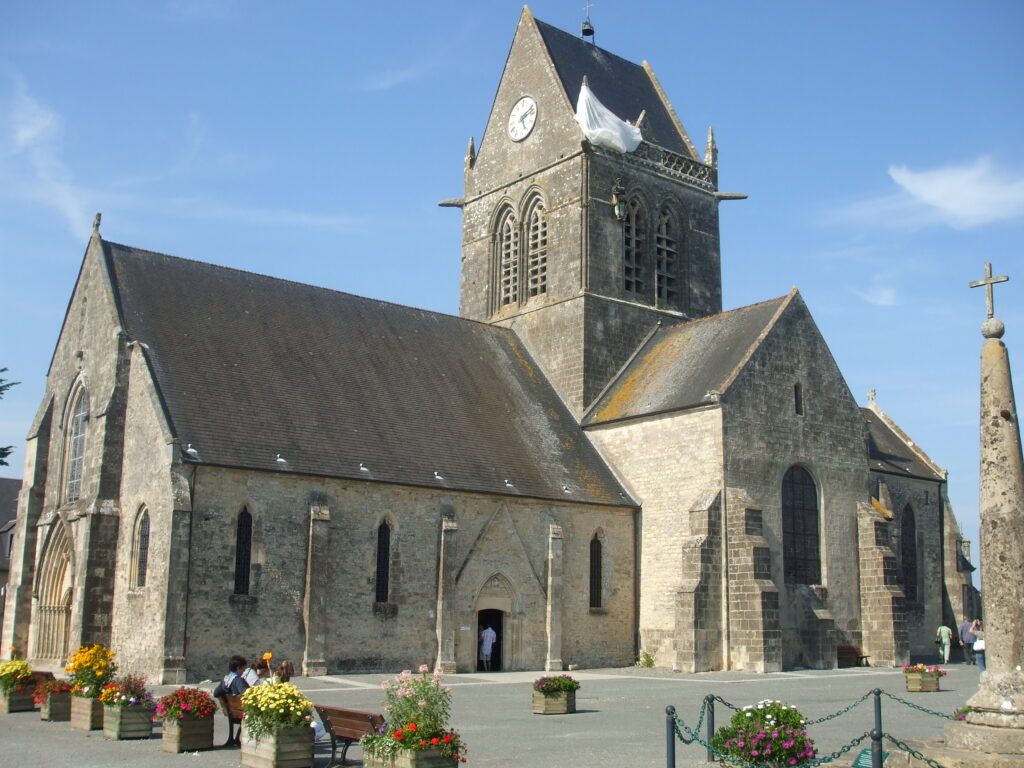
Nearby Sainte-Mère-Église is famous for paratrooper John Steele, who got stuck on the church steeple during the airborne assault. The Airborne Museum in town is worth a stop, and a replica paratrooper still hangs from the church tower.
The area around Utah Beach is dotted with monuments to the US 4th Infantry Division and the 101st and 82nd Airborne Divisions who dropped inland before dawn.
Gold Beach, Juno Beach, and Sword Beach
These three beaches made up the British and Canadian sectors. Gold Beach, where British forces landed, is closest to Bayeux. Troops who landed there were tasked with capturing Bayeux, which they managed by the evening of June 7.
At Juno Beach, Canadian forces fought through tough defenses and pushed further inland than any other Allied force on D-Day. The Juno Beach Centre has excellent exhibits on Canada’s role in the war.
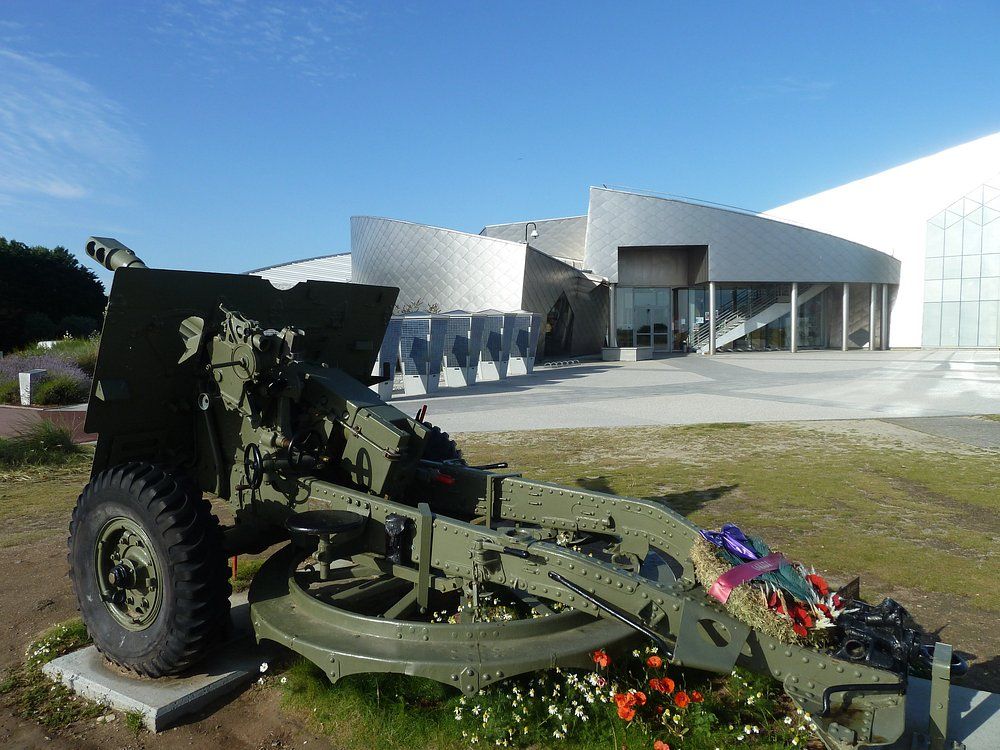
Sword Beach, the easternmost landing, saw British troops come ashore with orders to take Caen. They reached the outskirts, but taking the city itself took weeks of hard fighting.
Each beach has its own memorials, monuments, and bunker systems to explore. Many coastal gun emplacements still dot the shoreline.
Arromanches and Mulberry B
Arromanches is where you’ll find the remains of Mulberry B, one of two artificial harbors built by the Allies. Huge concrete structures in the bay are what’s left of this engineering marvel, which let supplies and reinforcements pour into Normandy.
The D-Day Landing Museum explains how the harbor worked, handling up to 9,000 tons of supplies daily after D-Day. A 360° Cinema on the bluffs above town shows panoramic film footage that contrasts wartime scenes with today’s peaceful landscape.

Arromanches itself is a charming seaside town with shops and restaurants. You can walk from the main square down to the beach, where the concrete caissons are visible at low tide.
The town also has several monuments to British forces and engineers who built and defended the harbor—vital to the Allied campaign’s success.
Find the perfect base for exploring Utah Beach, Pointe du Hoc, and beyond.
Significant Museums and Memorials
Normandy keeps its WWII history alive through museums and memorials that tell the D-Day story from all angles. These sites help you understand the scale and meaning of Operation Overlord and honor those who fought.
Battle of Normandy Museum
The Memorial Museum of the Battle of Normandy in Bayeux is just a few kilometers from the beaches. This museum covers the entire military campaign, not just the landings.
The exhibits walk you through the summer of 1944, showing how Allied forces pushed inland after the beachheads were established. You’ll see detailed maps, military vehicles, and personal artifacts from soldiers.
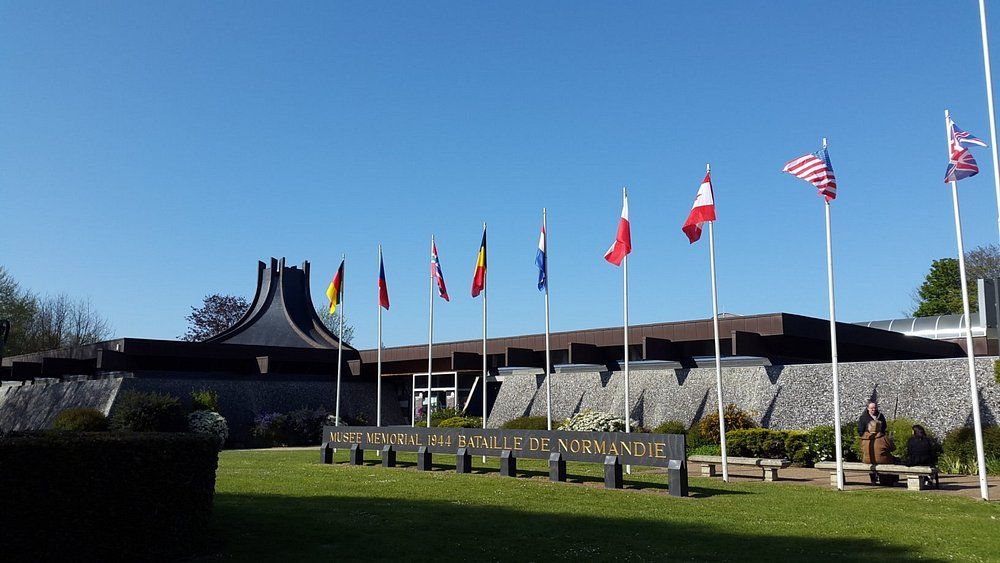
What sets this museum apart is its broad focus. While lots of sites zero in on D-Day itself, this one explains the crucial weeks of fighting that secured the Allied foothold in France.
Give yourself about two hours for a visit. The museum manages to balance military strategy with personal stories from both soldiers and civilians.
Airborne Museum and Sainte-Mère-Église
The Airborne Museum in Sainte-Mère-Église tells the story of American paratroopers who dropped behind enemy lines before the beach landings. The town itself is famous for paratrooper John Steele, who got caught on the church steeple—a moment now memorialized with a mannequin hanging from the church.
Inside, you’ll find original aircraft including a C-47 transport plane that carried paratroopers. Interactive exhibits try to give you a taste of what the night jump felt like.
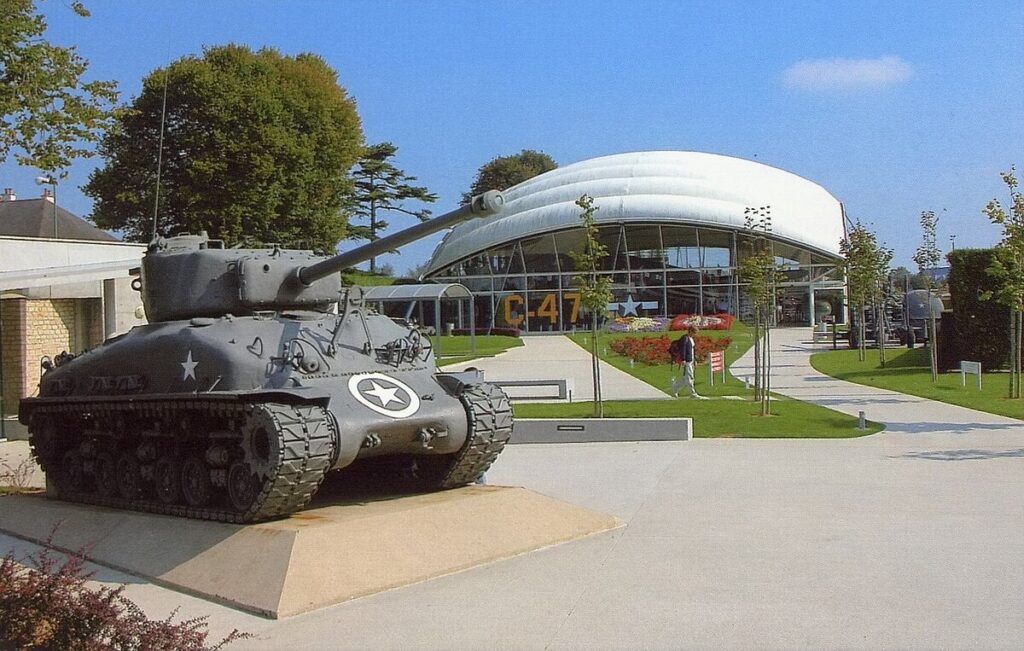
The museum’s three buildings cover different aspects of the airborne operations. Personal accounts from both American paratroopers and local French civilians make the story hit home.
After the museum, wander the town square where much of the fighting happened on June 6, 1944.
American Military Cemetery
The Normandy American Cemetery overlooks Omaha Beach at Colleville-sur-Mer. It’s a moving place, with 9,388 American graves from the Normandy campaign.
Rows of white marble crosses and Stars of David stretch across 172 acres of perfectly kept grounds. The Walls of the Missing list another 1,557 names of those never recovered.
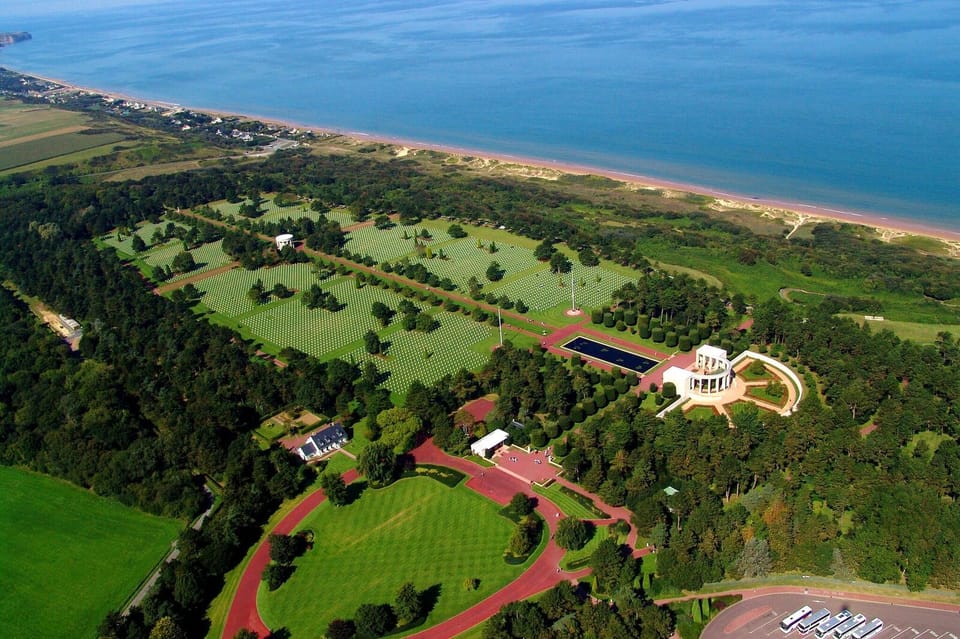
Start at the visitor center, which provides background and stories about those buried here. The daily flag-lowering ceremony is especially powerful.
The cemetery sits on land that France granted to the United States. The clifftop views of Omaha Beach below really connect the peaceful present with the violent past.
Pegasus Bridge and German Gun Battery
Pegasus Bridge was the site of a daring British glider assault that secured this strategic crossing in the early hours of D-Day. The original bridge is now at the memorial museum; a replica stands in its place.
The museum details how British troops captured the bridge intact, stopping German reinforcements from reaching the beaches. You can check out the actual Horsa glider that brought in the troops and see models of the operation.
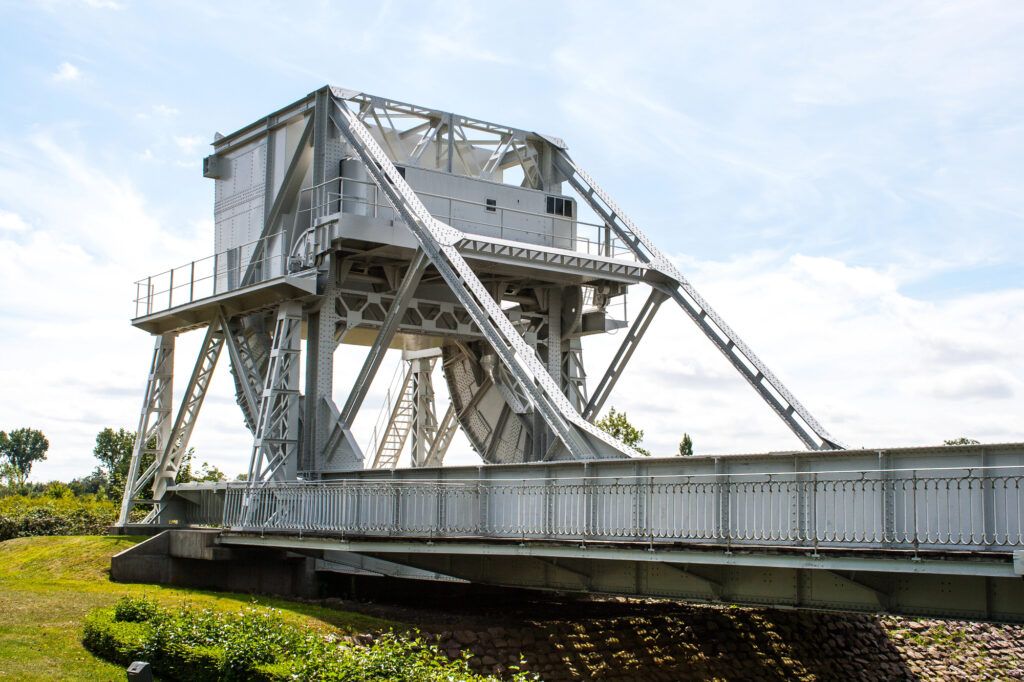
Nearby, the Merville Battery preserves one of Germany’s coastal defense positions. This concrete fortification housed guns that could have hammered Sword Beach if British paratroopers hadn’t neutralized it.
Walking through the bunkers gives you a sense of the defenses the Allies faced. The site includes original equipment and recreates the tense atmosphere before the invasion.
Find comfortable stays within moments of historic battlegrounds
Guided Tours and Experiences
Bayeux is the perfect jump-off point for exploring Normandy’s D-Day sites. Several tour companies run expert-led trips that bring the events of June 6, 1944, to life with stories and explanations.
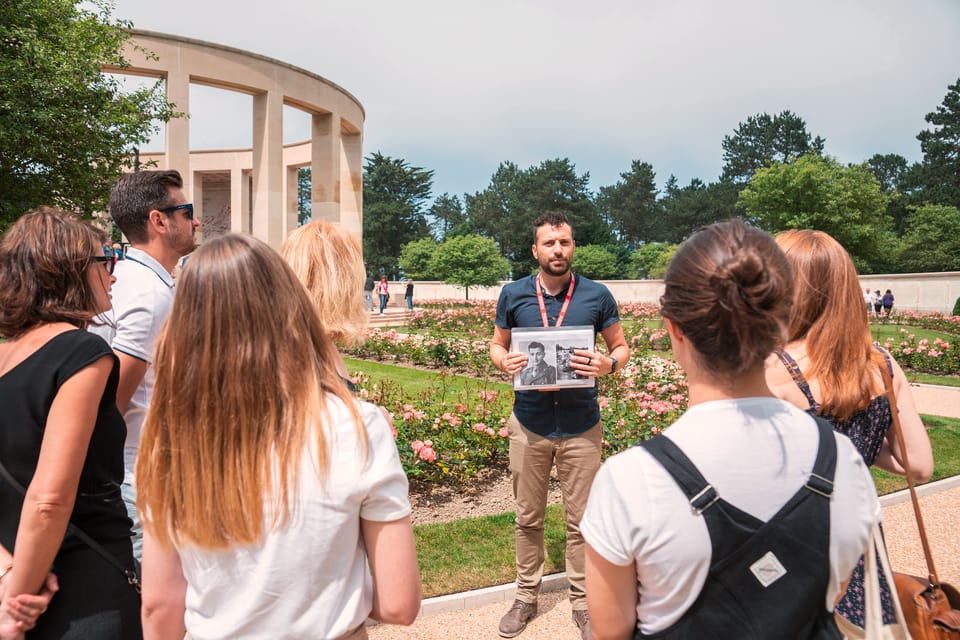
Choosing the Right Tour
Tours from Bayeux range from half-day highlights to full-day deep dives. Half-day tours usually cover two or three key sites like Omaha Beach and the American Cemetery. These last about 4-5 hours and are great if you’re short on time.
Full-day tours go further, hitting more beaches, museums, and battle sites. These 8-9 hour trips often include Utah Beach, Pointe du Hoc, and German bunkers.
Group sizes vary. Big bus tours (15-25 people) are cheaper ($70-120), while small group tours (2-8 people) give you more personal attention but cost more ($120-250 per person).
Think about what interests you most—American sectors, British areas, or airborne operations. Each has its own sites and stories.
Recommended D-Day Tours from Bayeux:
- From Bayeux: American D-Day Sites in Normandy Full-Day Tour
- From Bayeux: American D-Day Sites in Normandy Half-Day Tour
- From Bayeux: Half-Day Normandy WWII Sidecar Tour
- Full-Day US Battlefields of Normandy Tour from Bayeux
Thematic and Personalized Visits
Some tours cater to specific interests. Hardcore history fans might want a tour led by a historian who explains tactics and equipment in detail.
Family-friendly tours focus on the human stories behind D-Day and make it accessible for kids, with interactive elements and simpler explanations.

Private tours are totally customizable. You can request certain sites, focus on a relative’s unit, or go at your own pace. These usually cost $300-500 for the day but give you exclusive attention.
There are also companies that offer unique experiences, like vintage military vehicle rides or in-depth bunker explorations.
Practical Tips for Touring D-Day Sites
Book your tour at least 2-3 weeks in advance, especially in summer (June-August) when spots fill up fast. The anniversary week (June 1-8) is even busier—plan months ahead for that.
Wear comfortable shoes and dress in layers. Normandy’s coastal weather changes fast, and you’ll do a fair bit of walking on uneven ground.
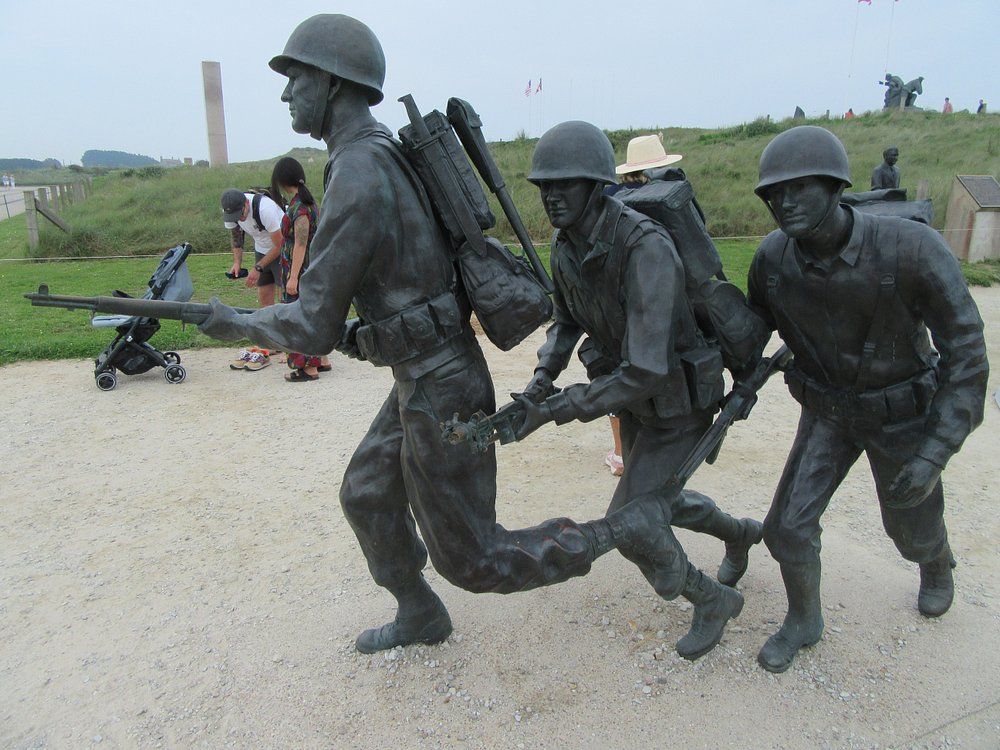
Bring:
- Water bottle
- Snacks (especially for longer tours)
- Camera (with extra batteries)
- Notebook for jotting down info
Morning tours often mean clearer weather and smaller crowds. Most guides speak great English, but double-check language options when booking.
Most tours pick up in central Bayeux, so there’s usually no need to rent a car or worry about driving unfamiliar roads.
Bayeux’s Heritage and Present Day Attractions
Bayeux takes you on a journey through centuries, from medieval wonders to its still-authentic Norman character. The town’s rich heritage spans nearly a thousand years, and there’s plenty to see that showcases its cultural and architectural importance.
Bayeux Tapestry and William the Conqueror
The Bayeux Tapestry is the town’s crown jewel. This 70-meter-long embroidered cloth tells the tale of William the Conqueror’s victory at Hastings in 1066. With 58 scenes and Latin captions, it vividly depicts the events leading up to the Norman conquest of England.
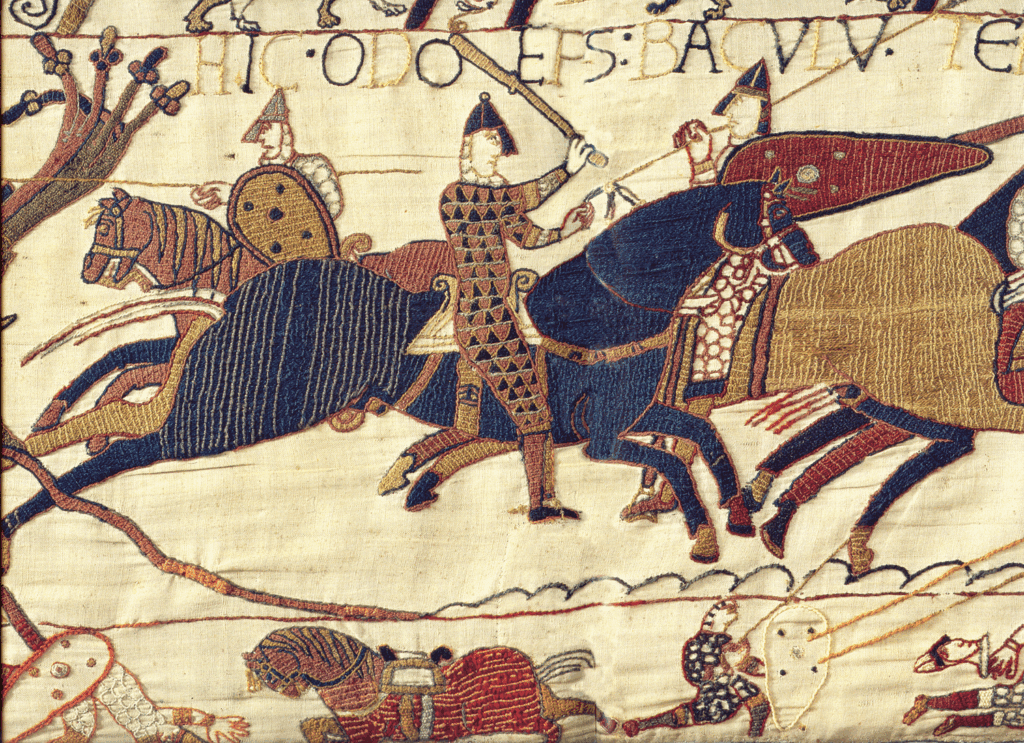
The tapestry is displayed in its own museum, with an audio guide that talks you through each scene. The craftsmanship is honestly mind-blowing, especially for something made in the 11th century.
William’s influence is everywhere in Bayeux. His half-brother, Bishop Odo, commissioned the tapestry and played a big part in the town’s growth.
Bayeux Cathedral and Norman Architecture
Bayeux Cathedral (Cathédrale Notre-Dame) dominates the center with its grand Norman-Gothic style. Built between the 11th and 13th centuries, it was consecrated in 1077 with William the Conqueror in attendance.
The facade has intricate stone carvings and impressive flying buttresses. Inside, you’ll find soaring vaulted ceilings and lovely stained glass windows, some from the 13th century.
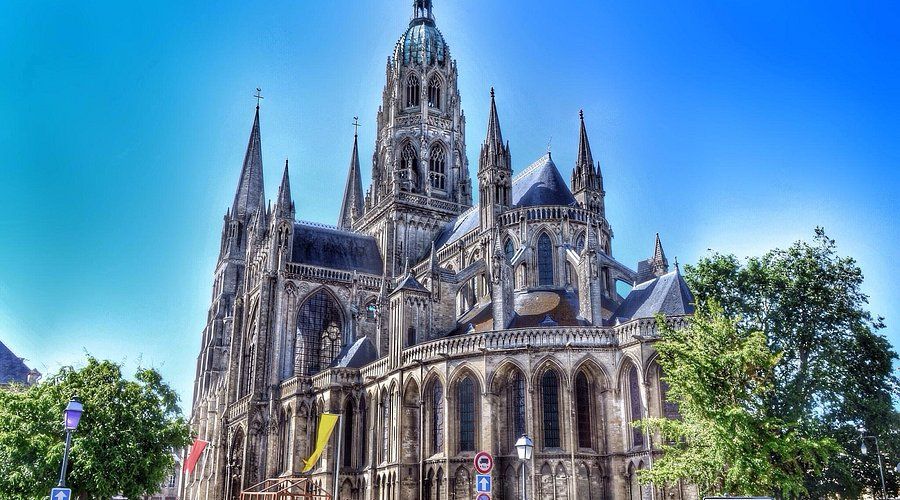
Norman architecture is everywhere in the cathedral, especially in the crypt and nave. The massive tower, rising 95 meters, blends Romanesque and Gothic styles—a sign of how long construction took.
The cathedral somehow survived both the French Revolution and WWII bombings without major damage.
Baron Gérard Museum and Old Bayeux
The Baron Gérard Museum (MAHB) occupies the old Bishop’s Palace next to the cathedral. The museum showcases art, archaeology, and local crafts from prehistoric times to the 20th century.
There’s beautiful porcelain made in Bayeux in the 1800s, plus paintings, lace, and furniture that show off the region’s creative side.
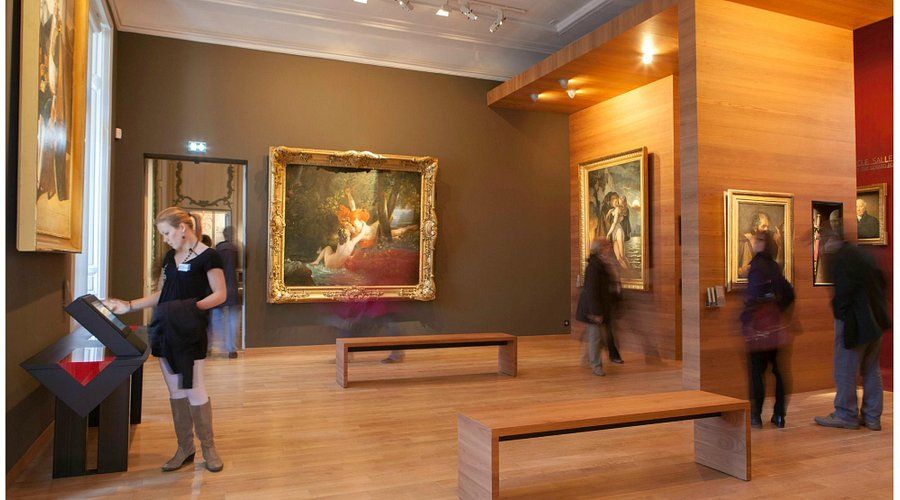
Old Bayeux wraps around these sights with winding medieval streets. Half-timbered houses, stone mansions, and narrow lanes create a vibe that really feels like stepping back in time.
The Aure River cuts through the town, lined with waterwheels and old mills. Many buildings display classic Norman style with timber framing and local limestone.
From beachfront hotels to authentic French countryside stays. No booking fees.
Day Trips and Regional Highlights
Bayeux works well as a base for exploring Normandy’s historic sites. The surrounding region offers both moving war memorials and beautiful countryside, all within easy reach.
Exploring Caen’s WWII Heritage
Caen, just half an hour from Bayeux, was hit hard during the Battle of Normandy. The Memorial de Caen museum gives an excellent overview of WWII and the D-Day landings. The exhibits are interactive and do a good job breaking down complex events.
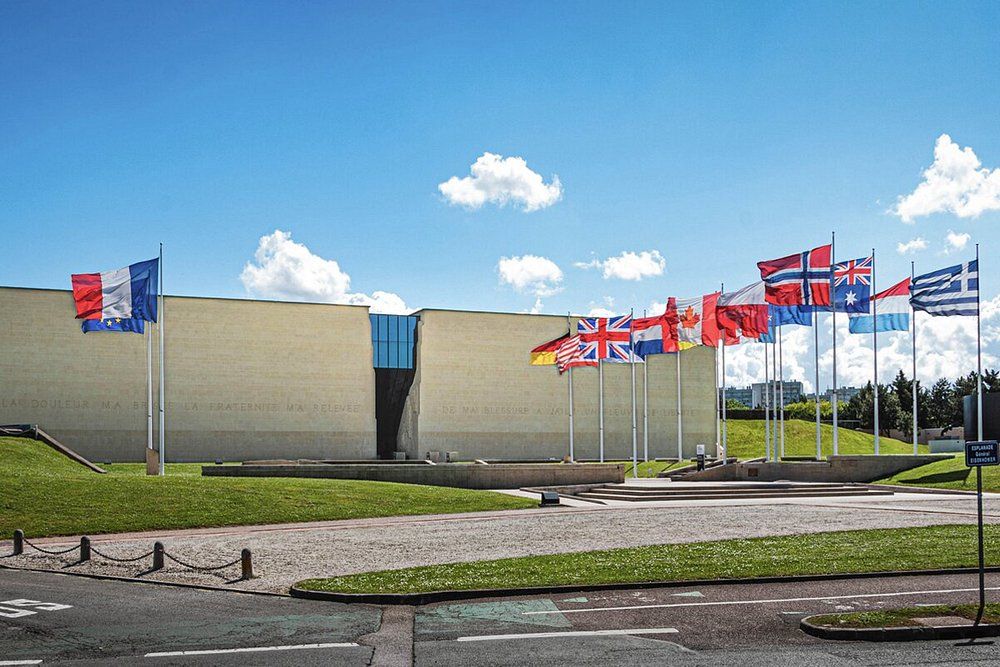
Set aside at least 3-4 hours for the museum. Its Peace Garden is a nice spot to decompress after some pretty intense exhibits.
Caen’s Abbaye aux Hommes (Men’s Abbey) sheltered civilians during the bombings. It survived and now houses city hall. The nearby castle, built by William the Conqueror, contains the Normandy Museum, which covers the region’s broader history.
Visiting Normandy’s Rural and Coastal Areas
The Norman countryside has charming villages full of half-timbered houses and apple orchards. The Pays d’Auge region, east of Caen, is famous for cheese, cider, and calvados (apple brandy). Lots of farms offer tastings and tours.
Mont Saint-Michel is about 90 minutes west of Bayeux. This medieval abbey looks like it floats on water at high tide. Go early to beat the crowds.
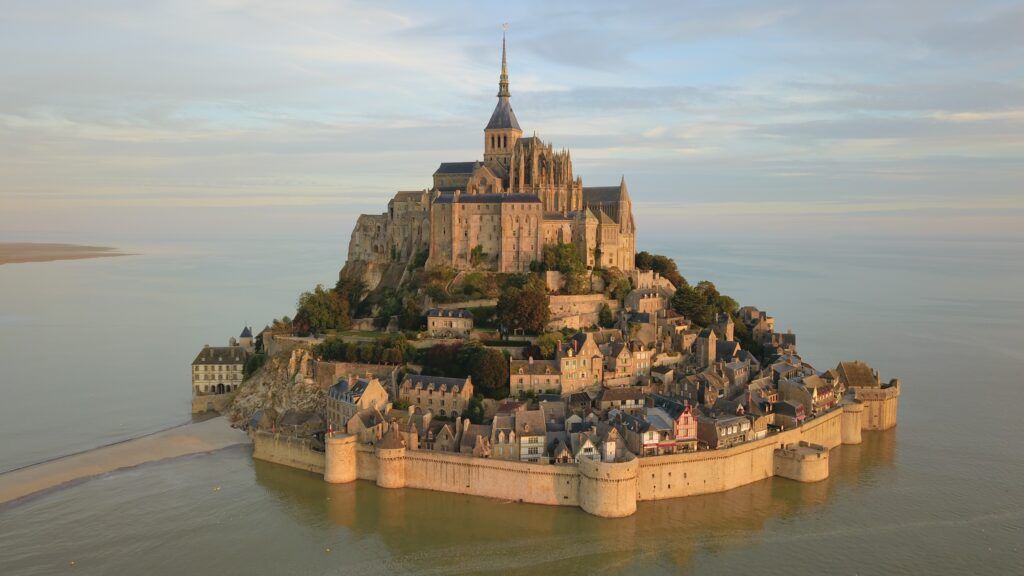
The coastal towns along the English Channel are great for seafood and beach walks. Honfleur’s harbor inspired many Impressionist painters.
Arromanches still shows the remains of the Mulberry Harbor that was key to the Allied invasion. You can spot concrete blocks on the beach and in the water at low tide.
Visitor Information and Travel Tips
Planning a trip to Bayeux? Here’s what you need to know about getting around, timing, and local customs to make the most of your Normandy adventure.
Get a discount of 15% to 70% on Bayeux accommodations and tours! Look for deals here:
Bayeux Hotels and Tours
Getting to Bayeux and Getting Around
Bayeux is easy to reach by train from Paris, with the journey taking about 2.5 hours. From the train station, it’s just a 10-minute walk to the center. If you’re driving, it’s about 3 hours from Paris via the A13 motorway.
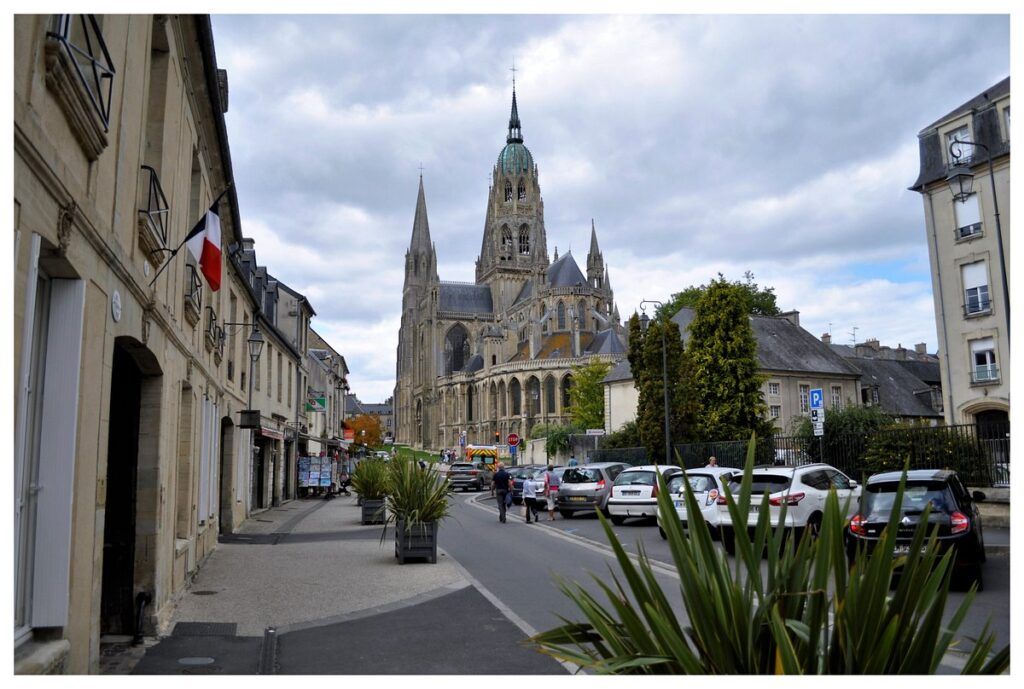
To explore D-Day sites, you’ve got a few choices:
- Rental car: Most flexible, but you’ll need to navigate rural roads
- Guided tours: Companies like Allied Victory Tours cover all the main sites
- Public transportation: Works for big attractions, but not great for remote spots
Check accommodations available in Bayeux.
In Bayeux itself, the center is compact and best explored on foot. Most hotels, restaurants, and attractions like the Bayeux Tapestry Museum are within easy walking distance.
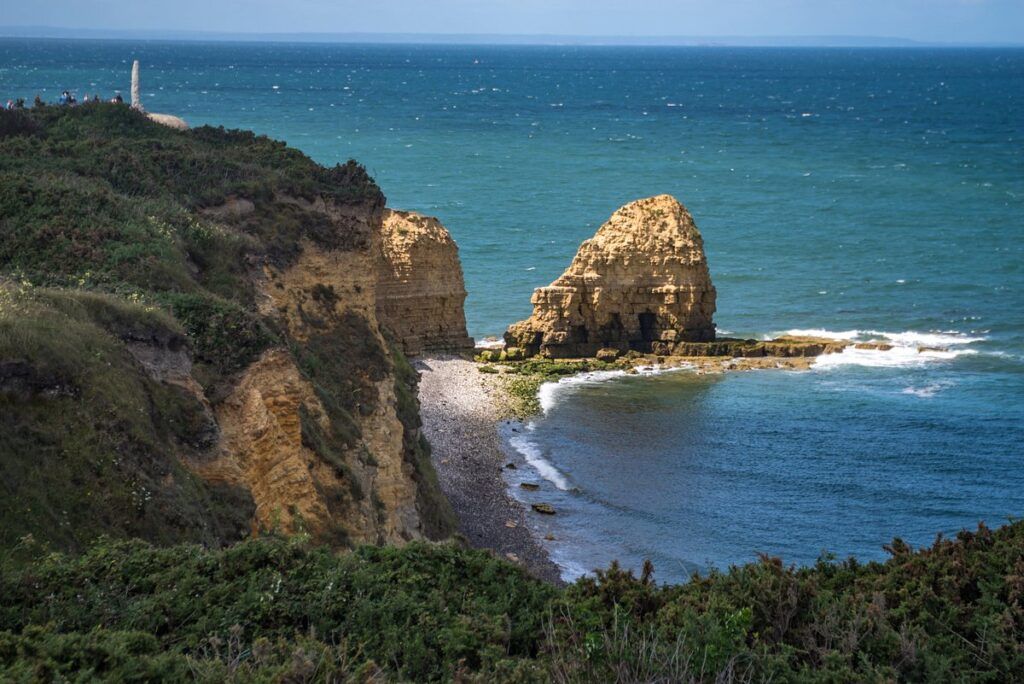
If mobility is a concern, taxis are available but should be booked ahead—especially in summer.
Best Times to Visit D-Day Sites
The D-Day beaches and memorials are open all year, but when you go really shapes your experience.
Peak season (June-August):
- More tour options
- All museums have extended hours
- Crowds are biggest, especially around June 6
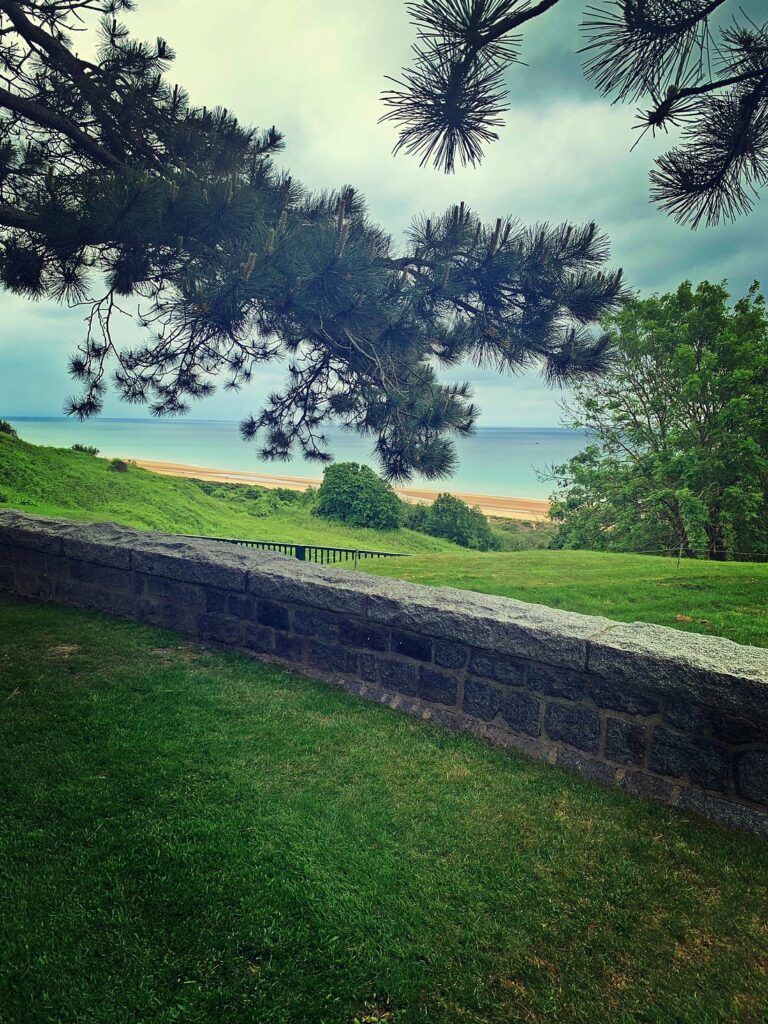
Shoulder seasons (April-May, September-October):
- Milder weather for walking
- Fewer crowds at top spots like Omaha Beach
- Most places stay open, but hours may be shorter
Winter (November-March) is the quietest, with almost empty beaches and cemeteries—pretty moving, honestly. Some smaller museums might close or run on limited hours.
If you’re into photography, early mornings have the best light and the fewest people at the beaches.
Check accommodations available in Bayeux.
Local Etiquette and Commemoration Events
When visiting war memorials and cemeteries, keep things respectful. These are places of remembrance, not just tourist stops. Speak quietly and don’t do anything disruptive or take inappropriate photos.
The annual D-Day anniversary (June 6) brings ceremonies across Normandy with:
- Veterans attending
- Military parades
- Reenactments
- Special exhibits
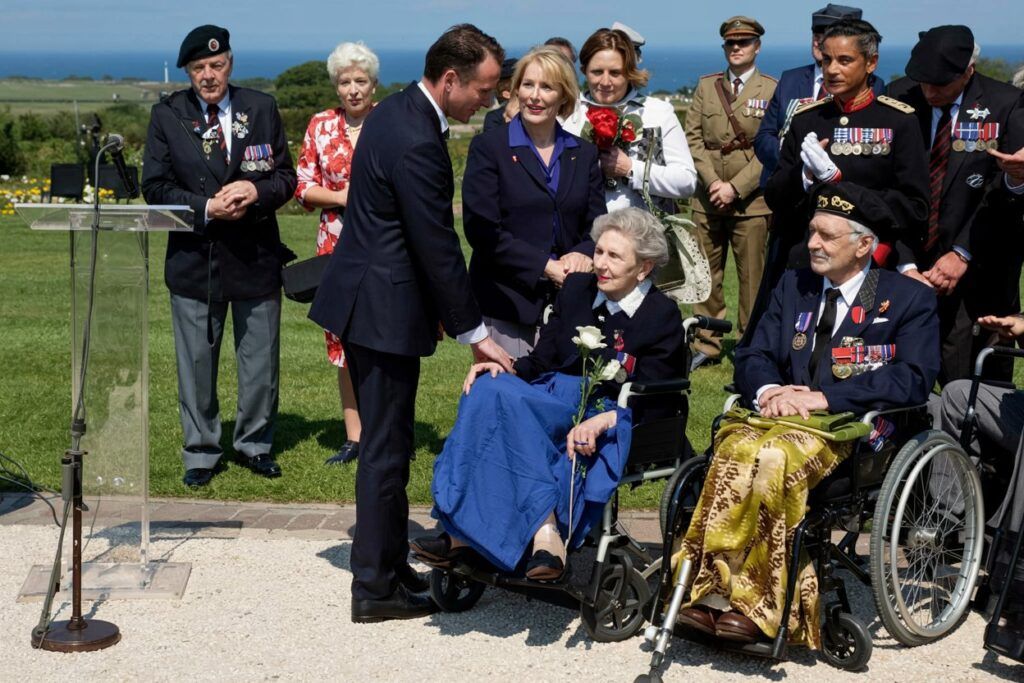
If you’re visiting then, get to events early—security is tight and parking can be a headache.
Locals in Bayeux and all over Normandy have deep respect for Allied soldiers. Many families have stories about the liberation. Picking up a few basic French phrases goes a long way.
In smaller villages, remember that many shops close for lunch (usually 12:00-2:00 PM) and all day Sunday.
Get a discount of 15% to 70% on Bayeux accommodations and tours! Look for deals here:
Bayeux Hotels and Tours

